Peter Kell VSL 3.5 to 3.4
Peter Kell VSL 3.5 to 3.4 - Part 1
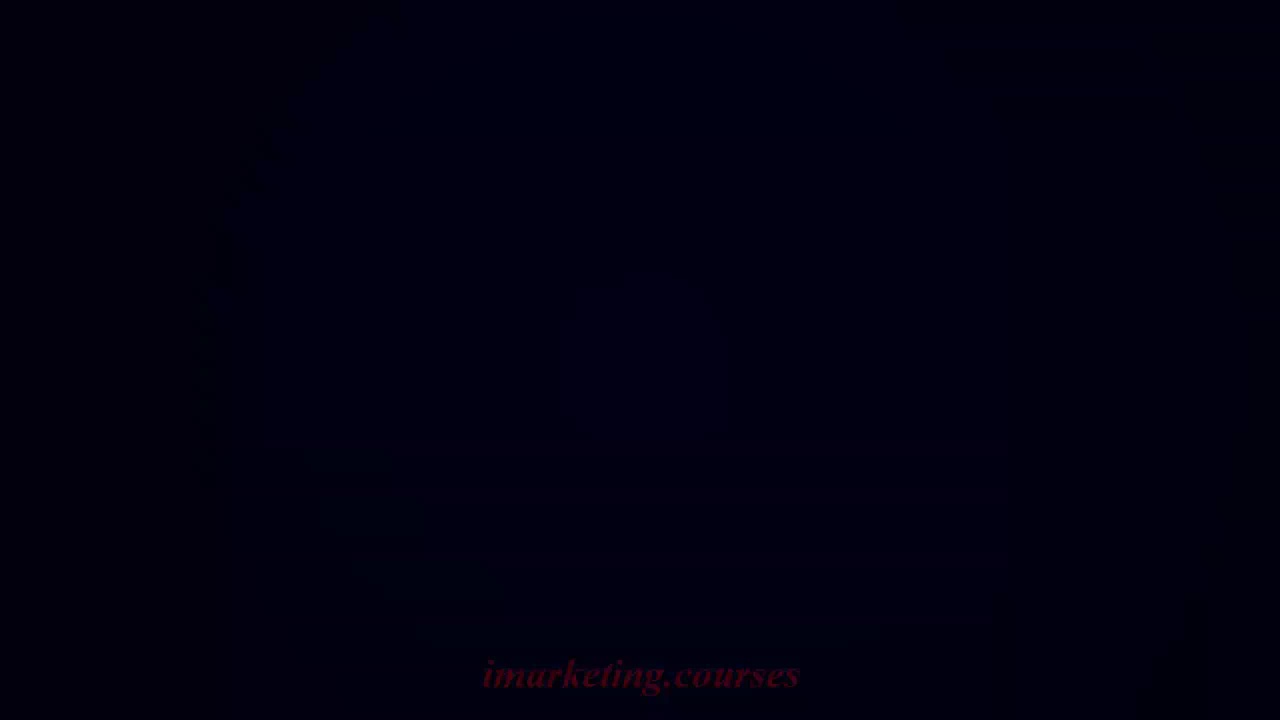
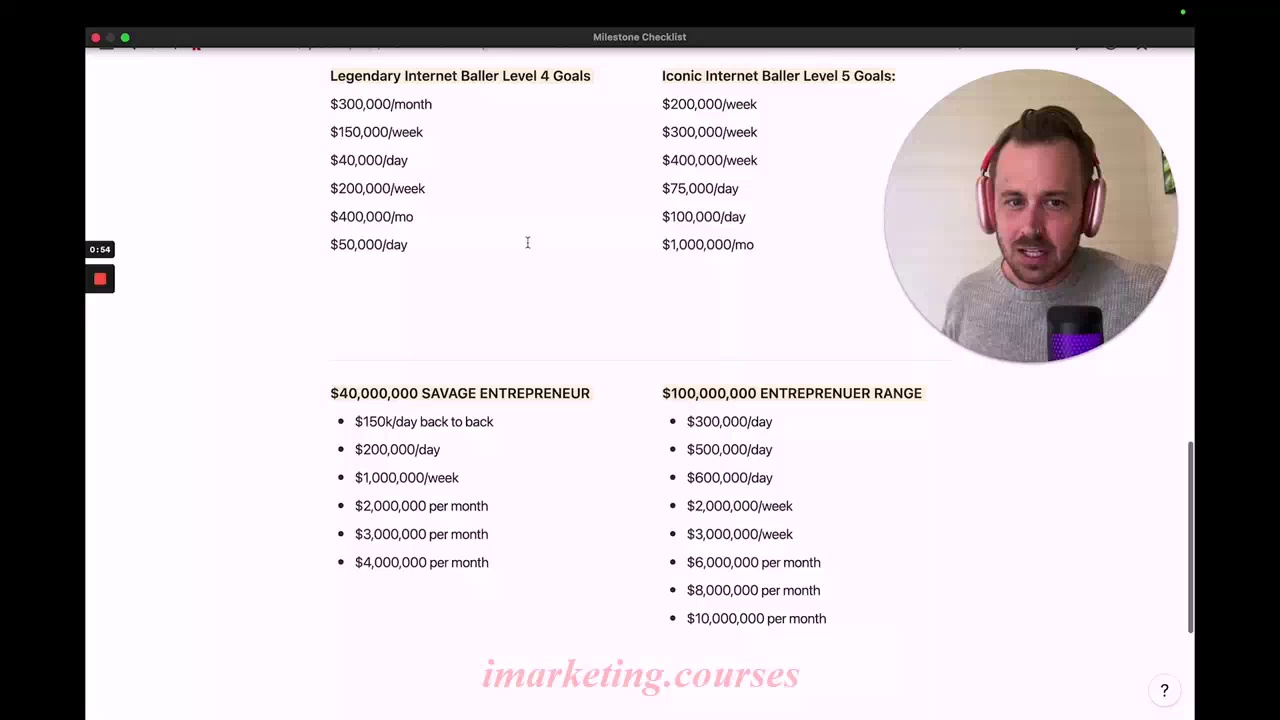
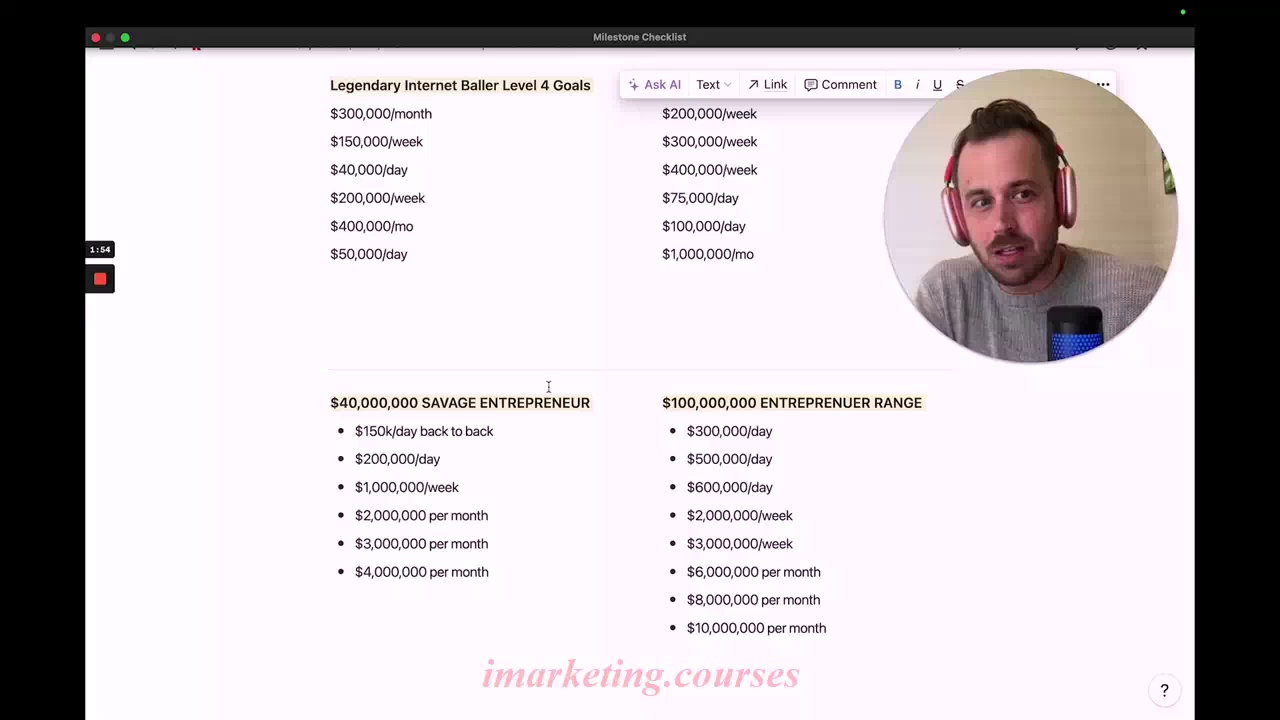
The narrator created a milestone checklist to track progress towards a goal of making $10,000 per day. He realized he needed to hit smaller milestones first like $1,000 per day. He advises not to compare your goals to others' - focus on your personal best.
The checklist goes from first sale to $100K per week to $150K per month. The narrator calls these milestones levels to become an "iconic internet baller". Level 5 is $440 million per year. There are entrepreneurs even beyond this, but it requires additional strategies beyond video sales letters.
The narrator encourages physically printing out the list, crossing off milestones, visualizing reaching the next one. This creates positive emotions to keep you motivated. He says reaching each milestone is like climbing to the next peak, eventually getting you to the top of the entrepreneur mountain.
.Peter Kell VSL 3.5 to 3.4 - Part 2



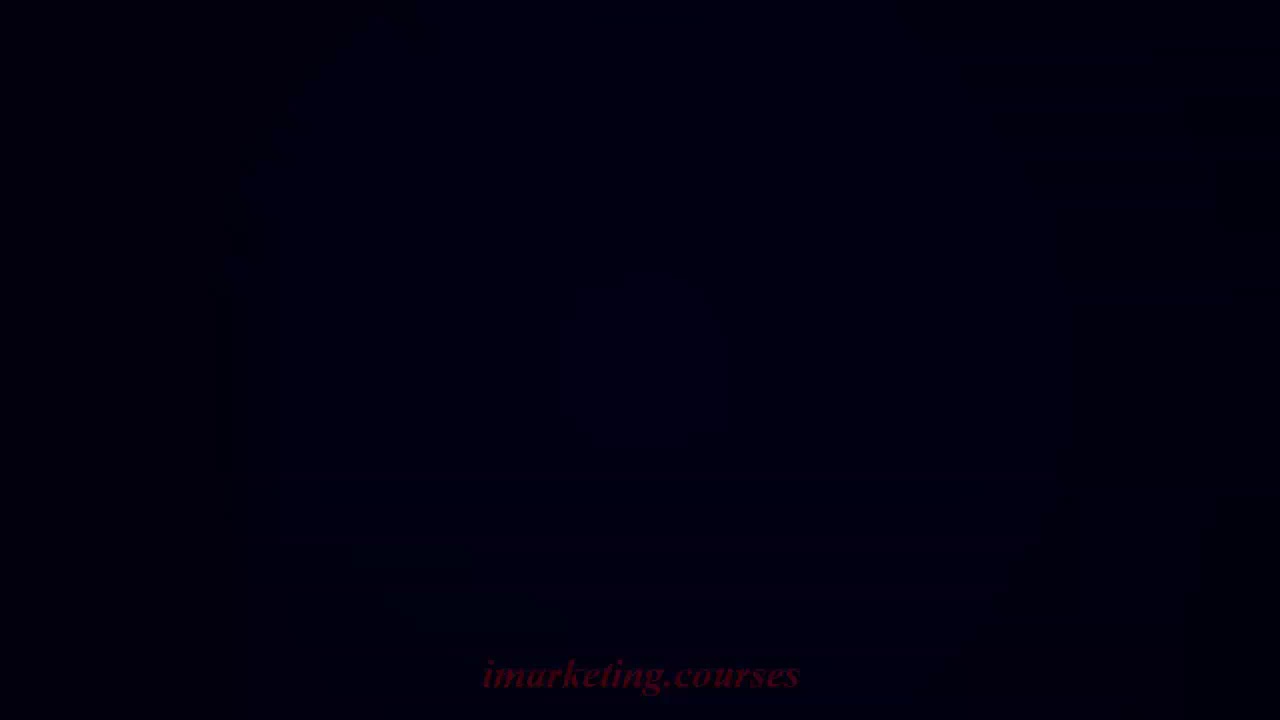
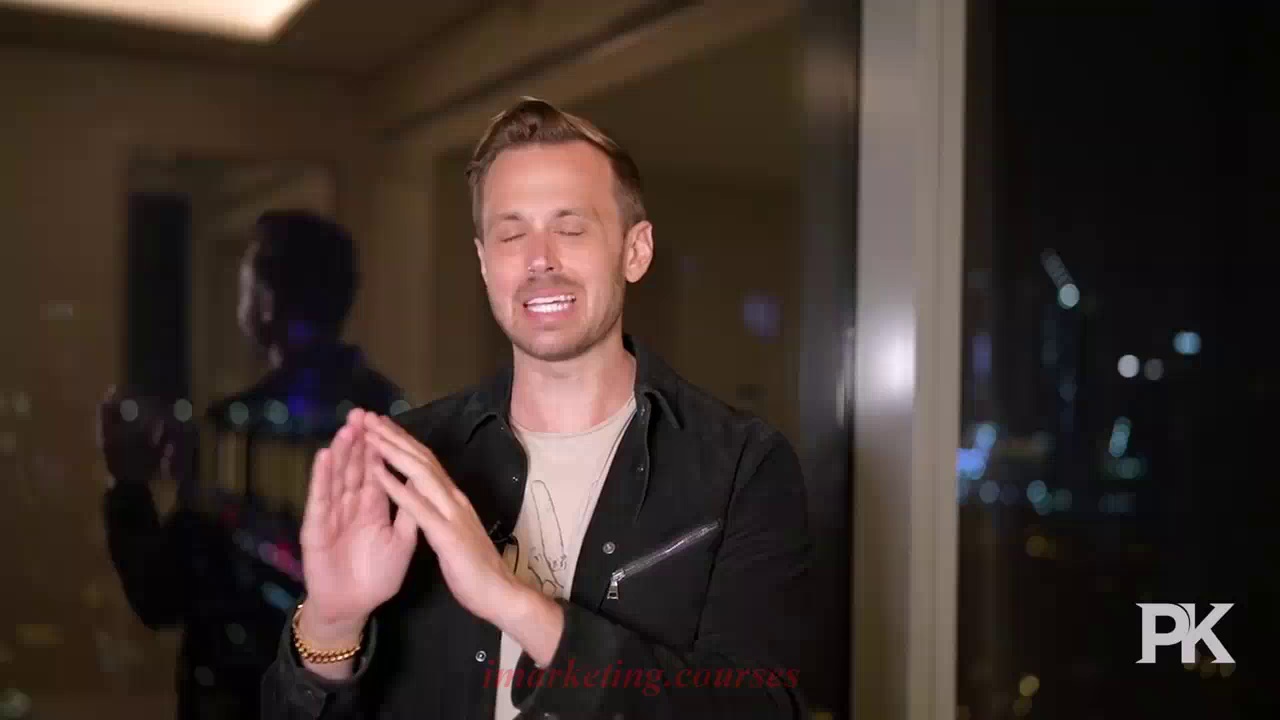
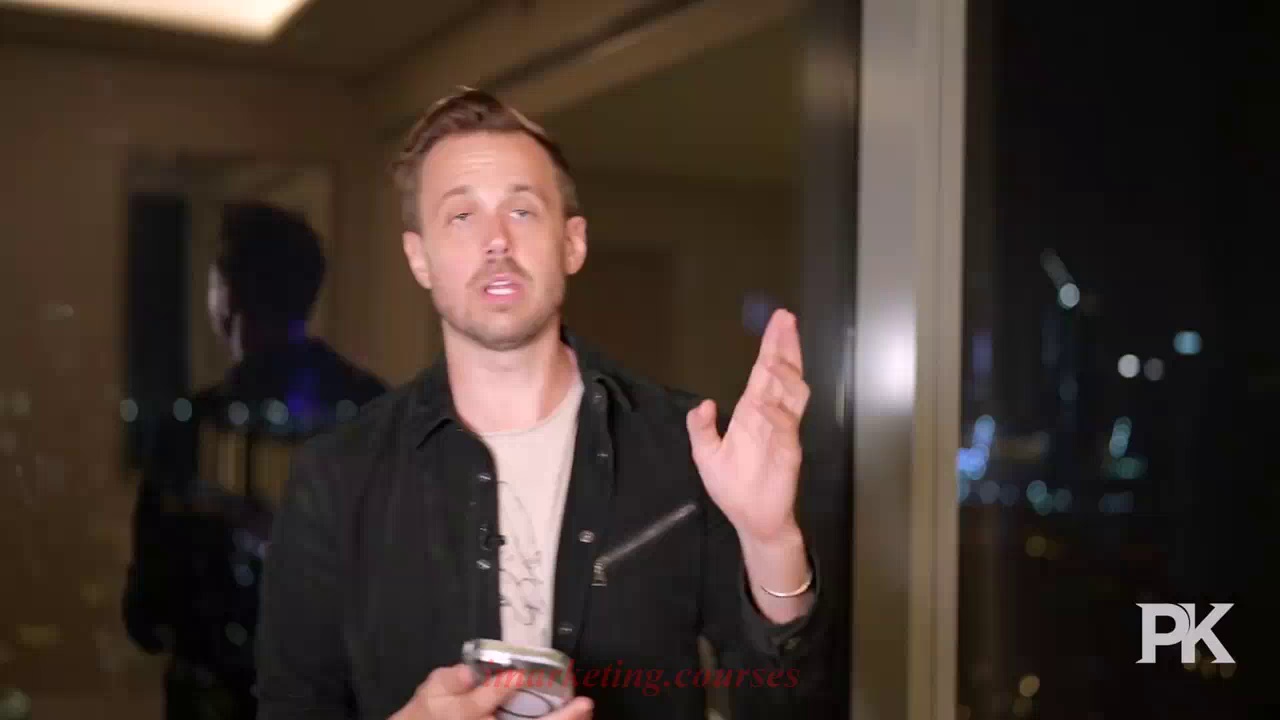
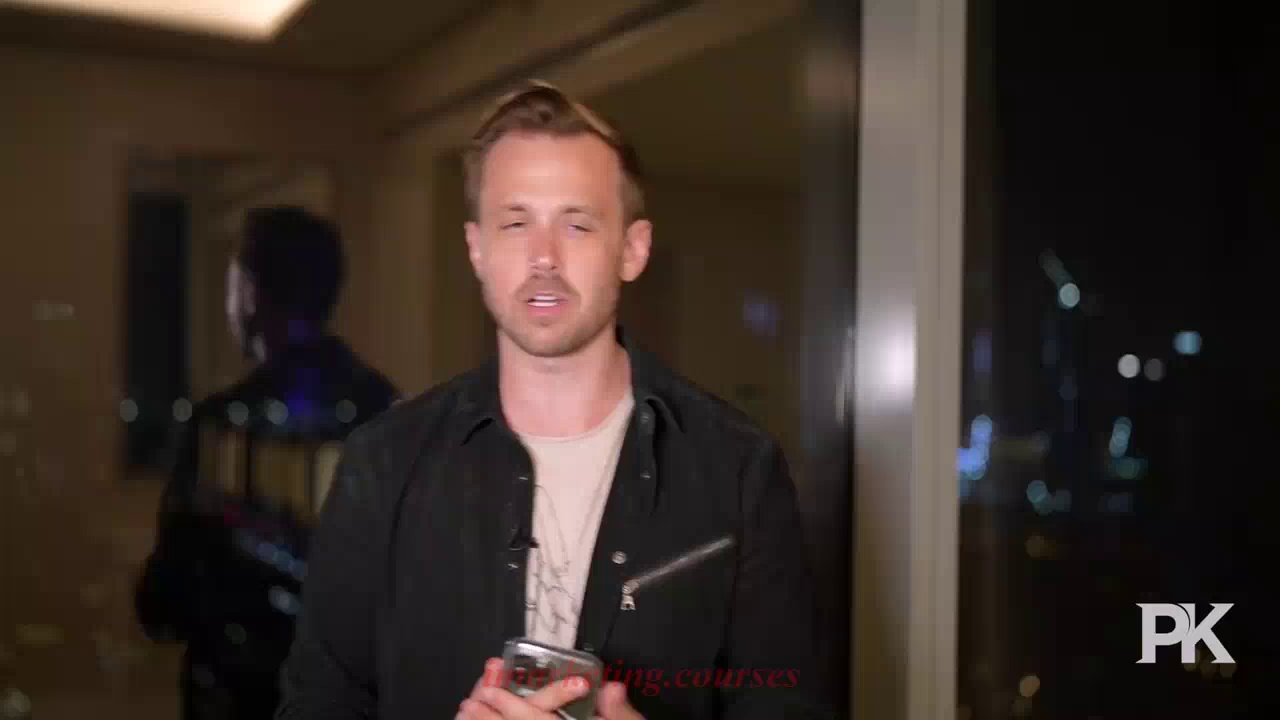
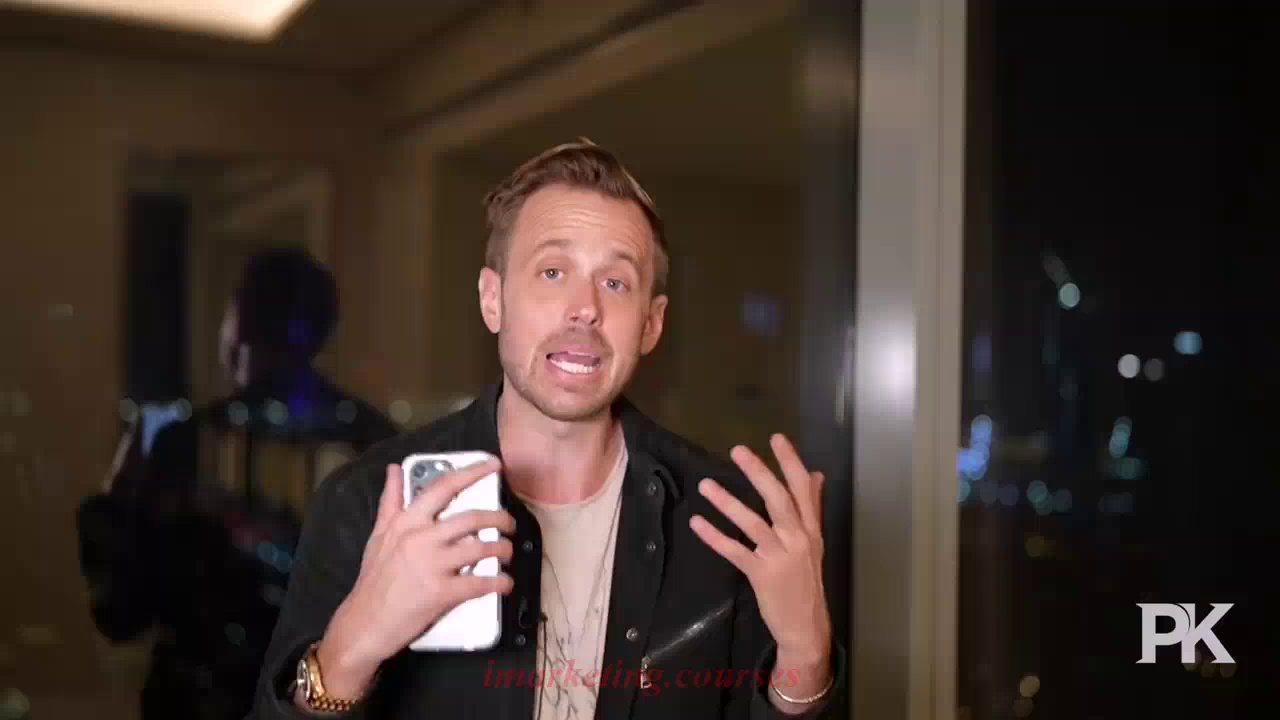
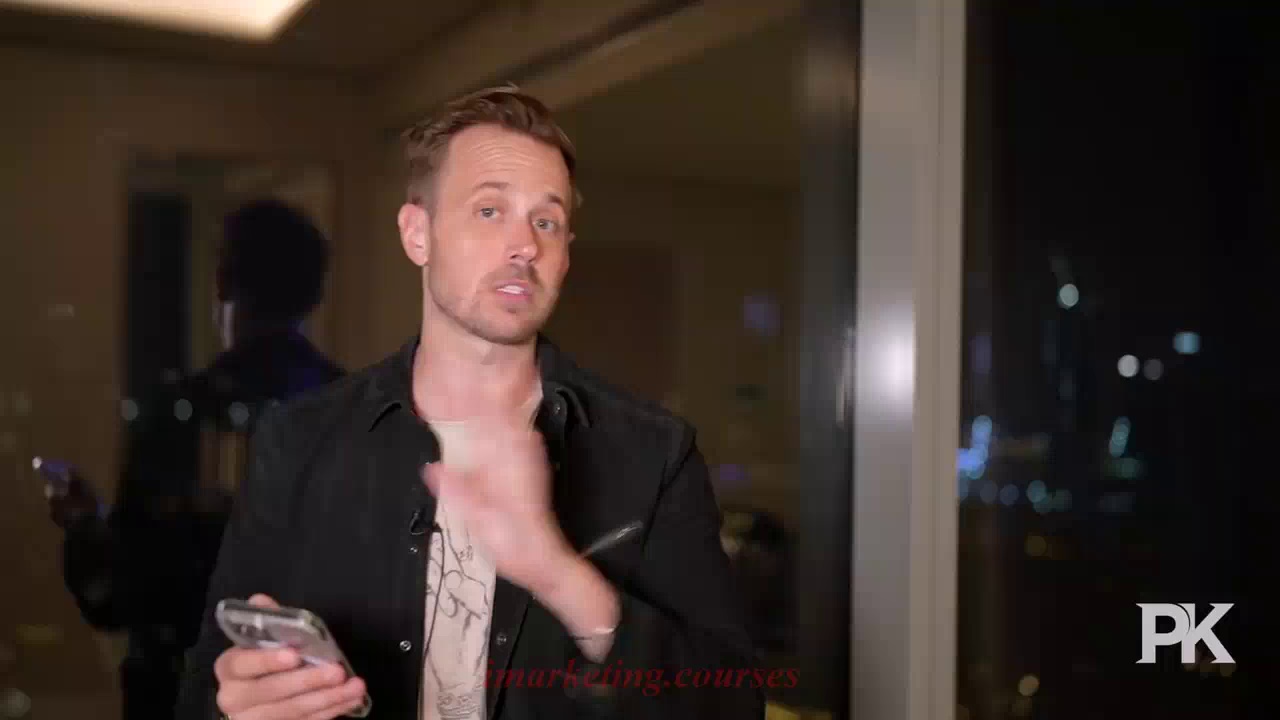
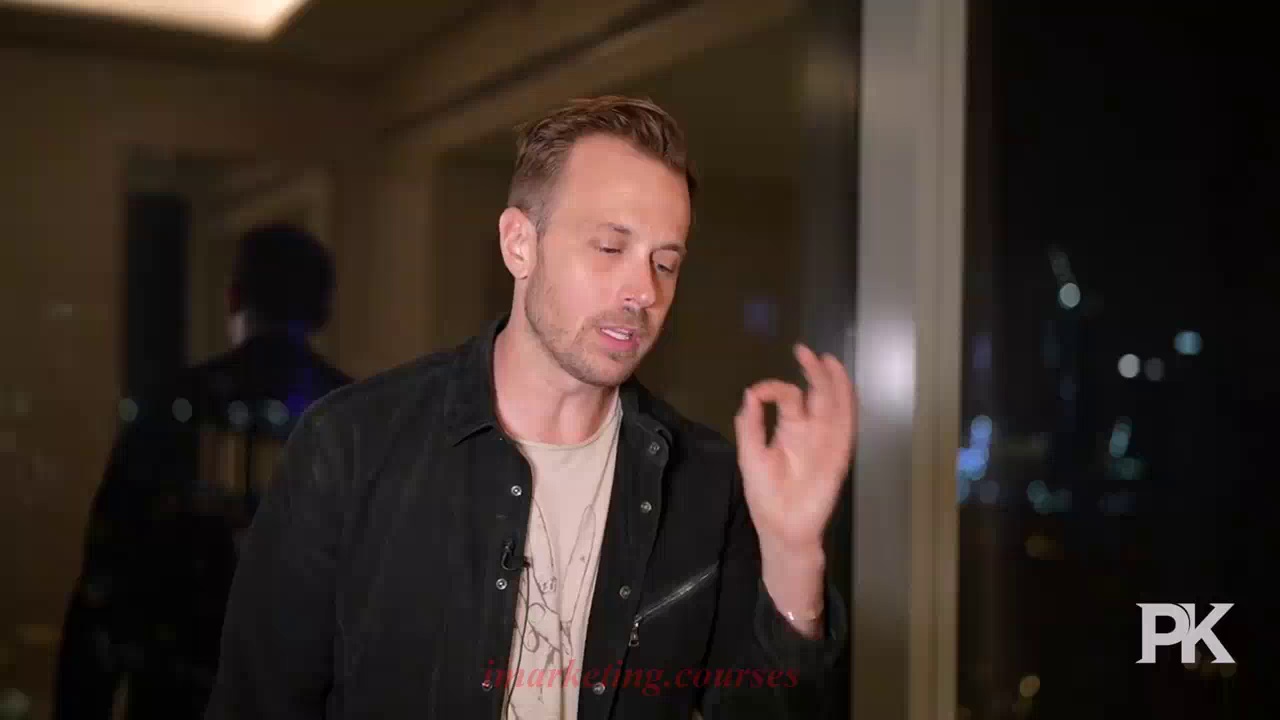
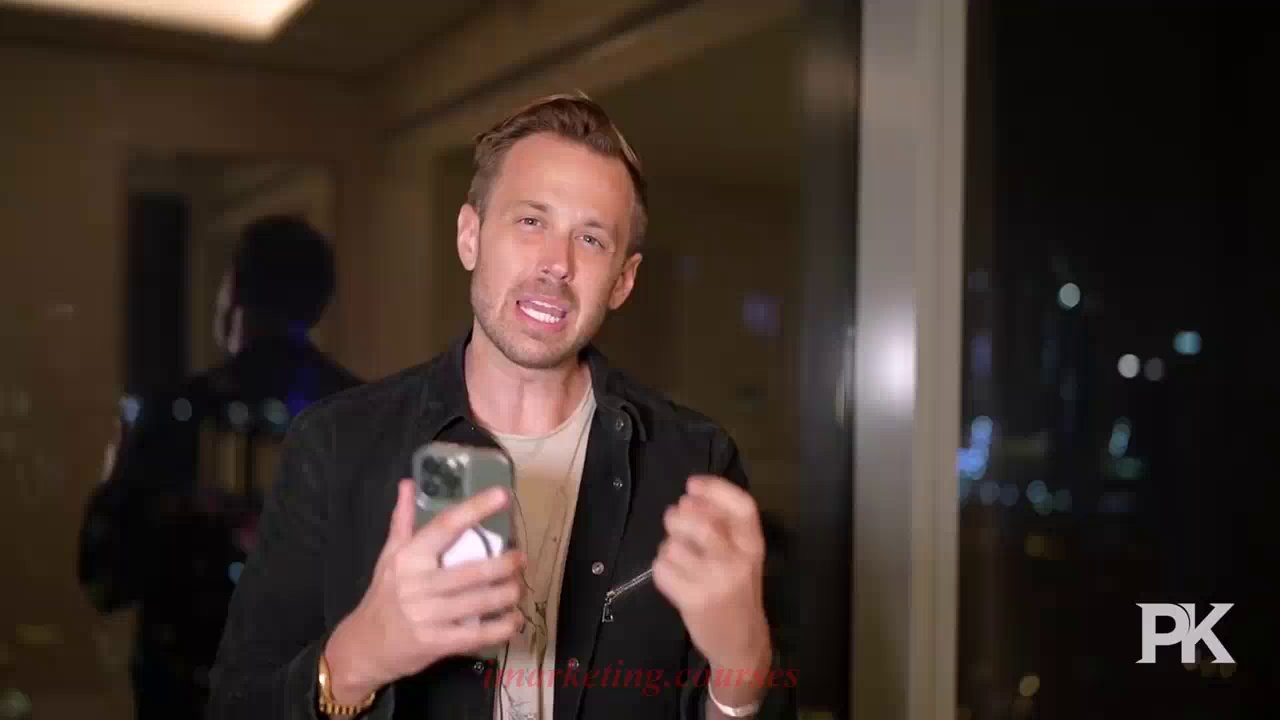
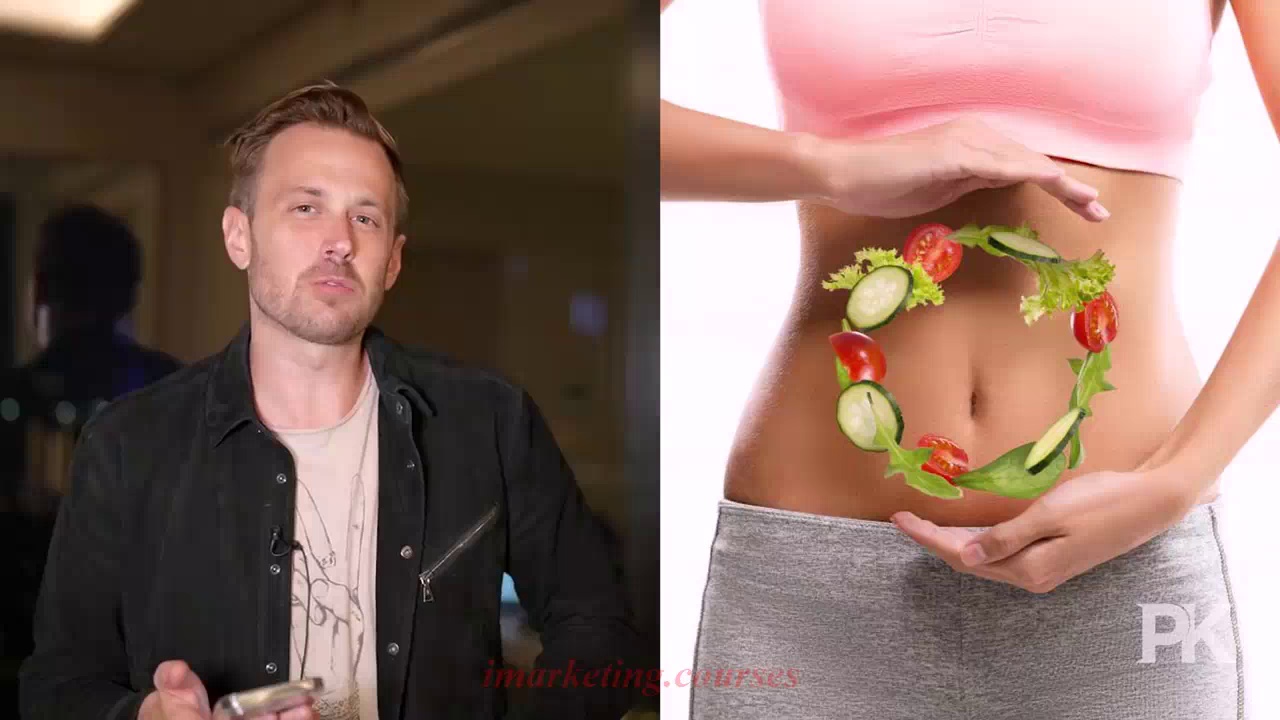
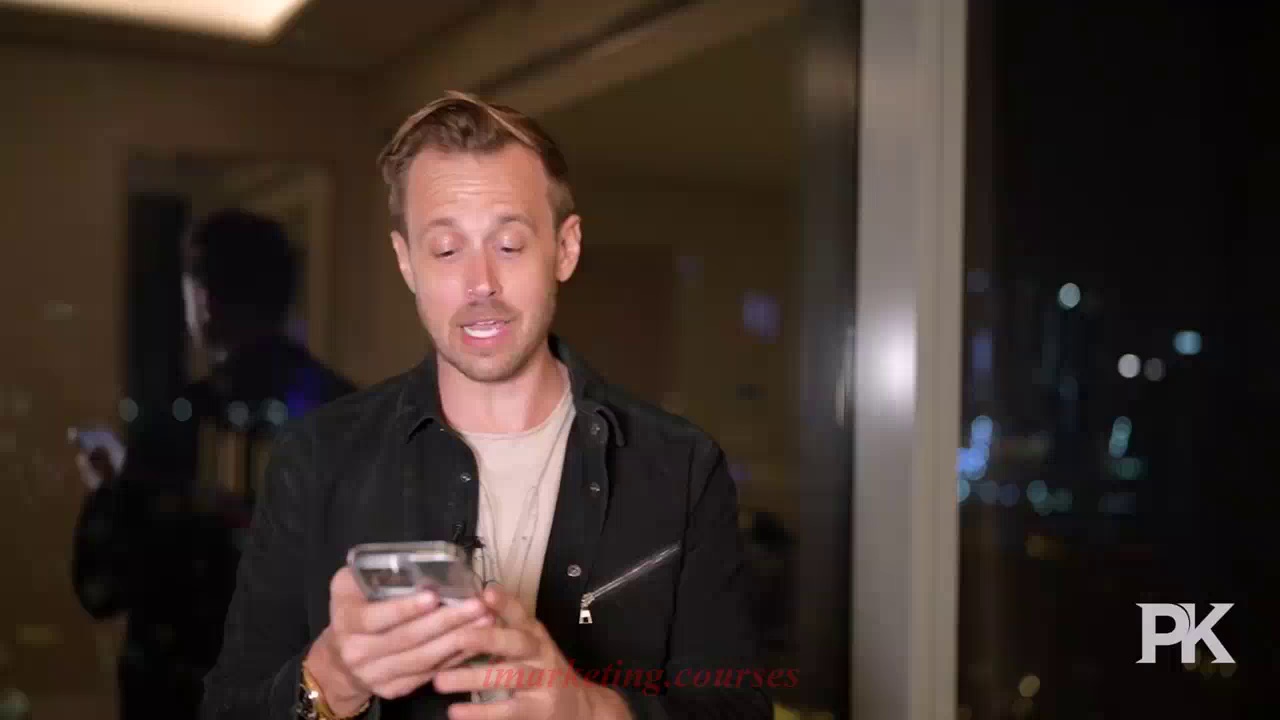
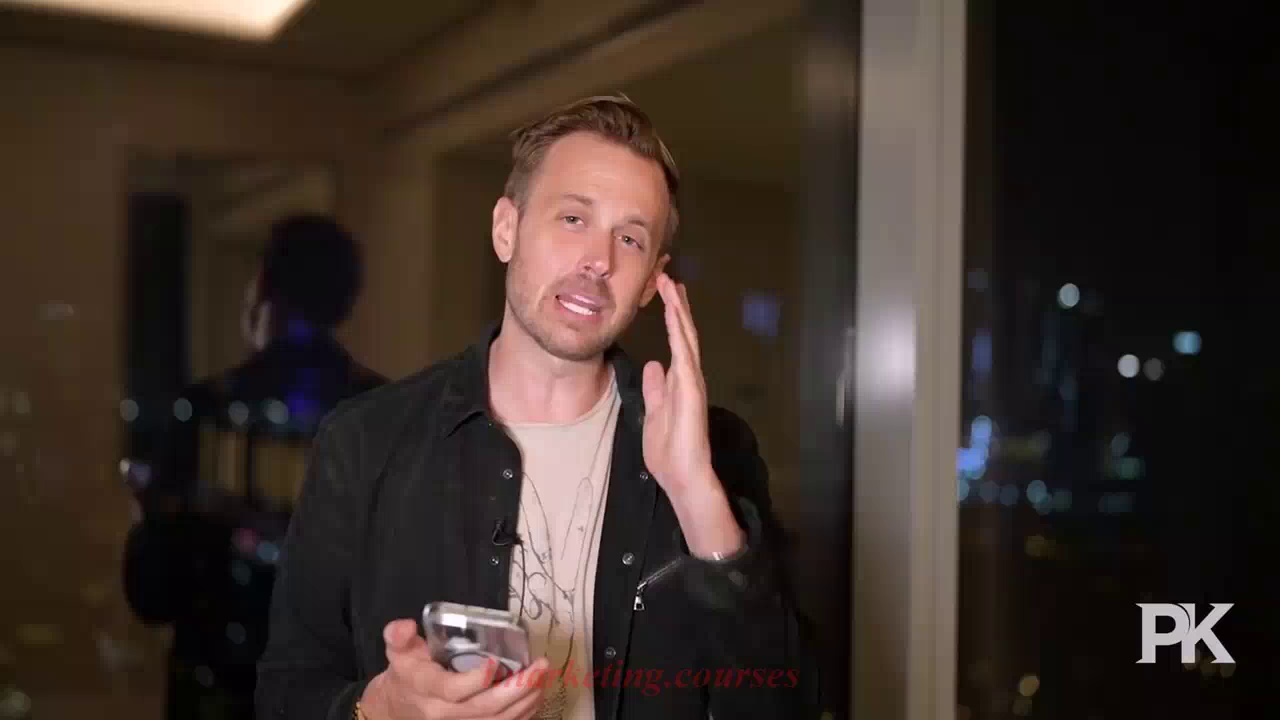
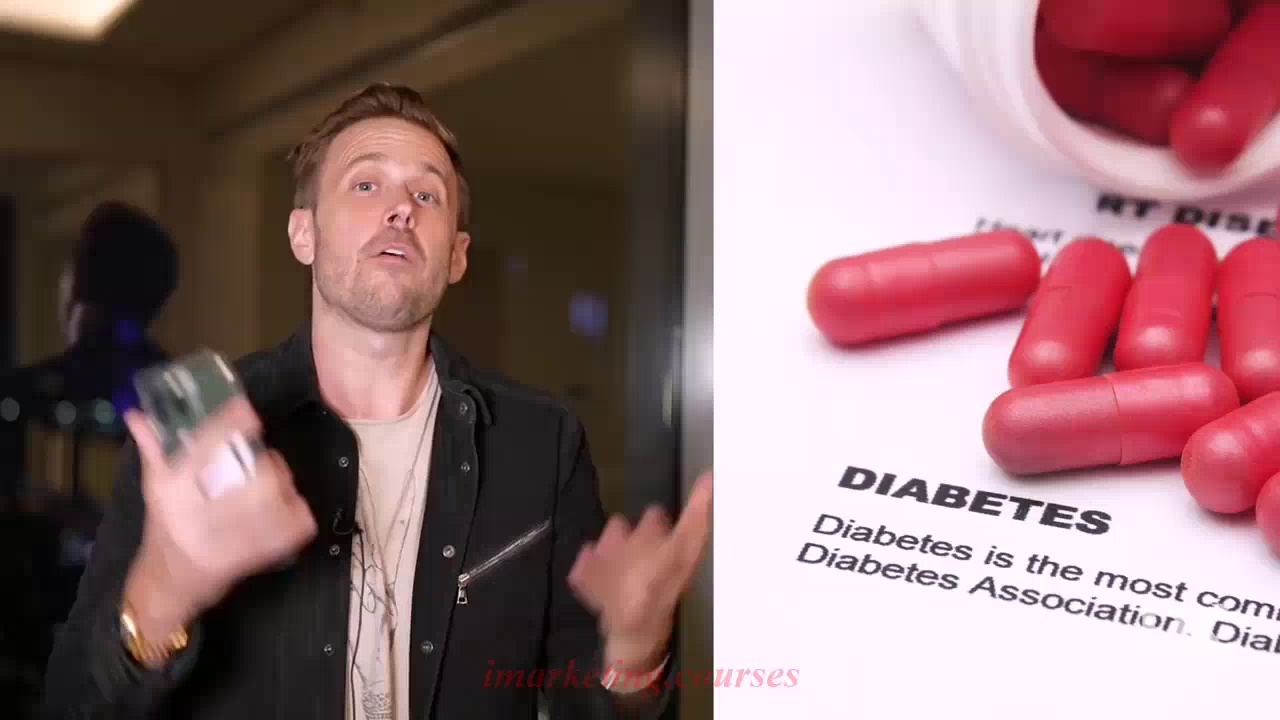
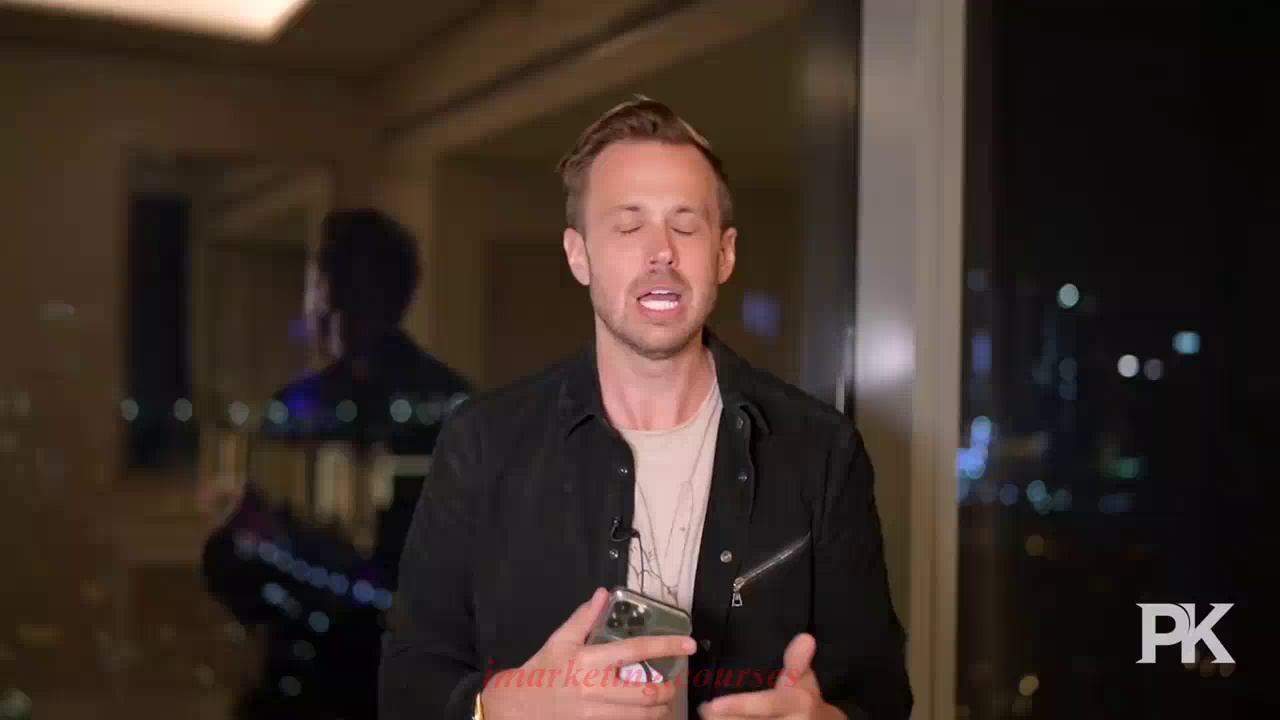
Affiliate marketing allows you to see many different products and offers. The narrator has noticed certain product categories consistently perform well. These "big niches" will always attract new customers no matter how crowded the market seems. More competitors validates the opportunity. Customers continually try new products in established niches.
The key is finding products that solve common problems. The most proven niches relate to building muscle, losing weight, making money, reducing wrinkles and signs of aging, relieving pain, dating and relationships, brain health, growing hair, gut health, increasing energy, helping with sleep, vision, and pets. These are emotional areas where people will buy no matter the season or special occasion.
Rather than focus on your product, build offers around the core problem you solve. Anchor your message and video sales letter around resolving your customer's struggles. With the right niche validation and mechanism to deliver results, you can dominate the market against seemingly insurmountable incumbents.
.Peter Kell VSL 3.5 to 3.4 - Part 3
















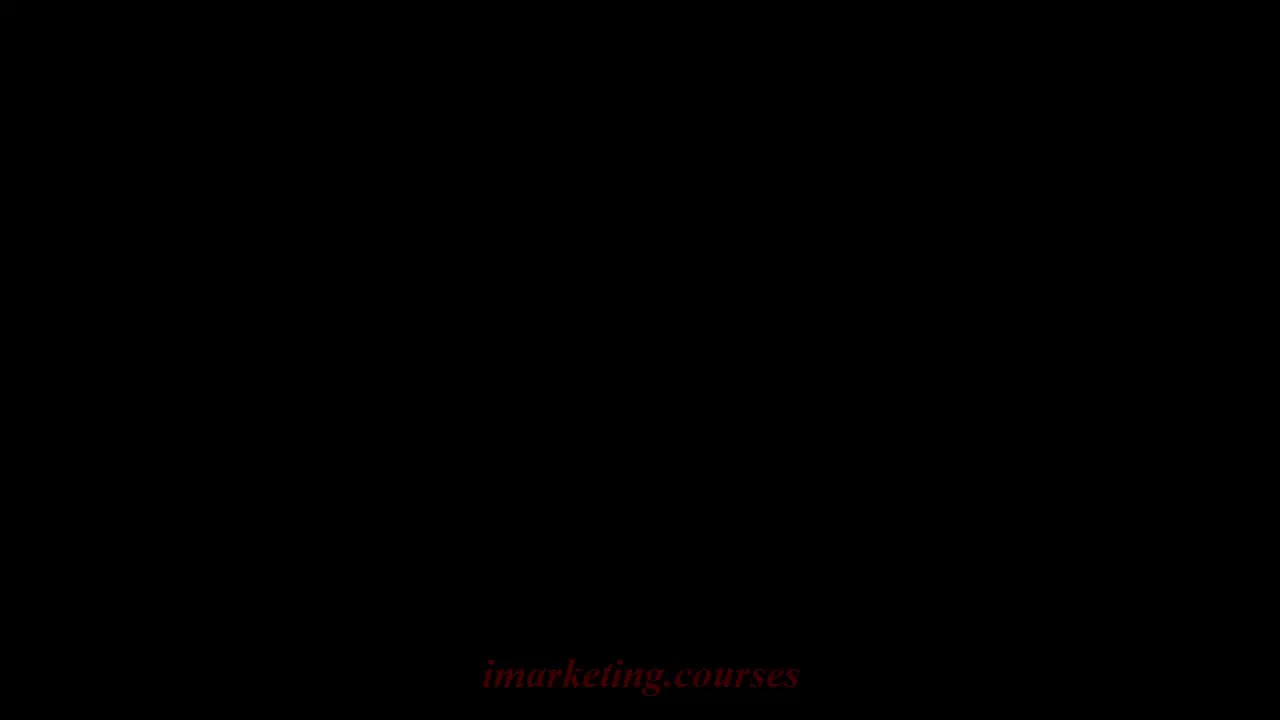
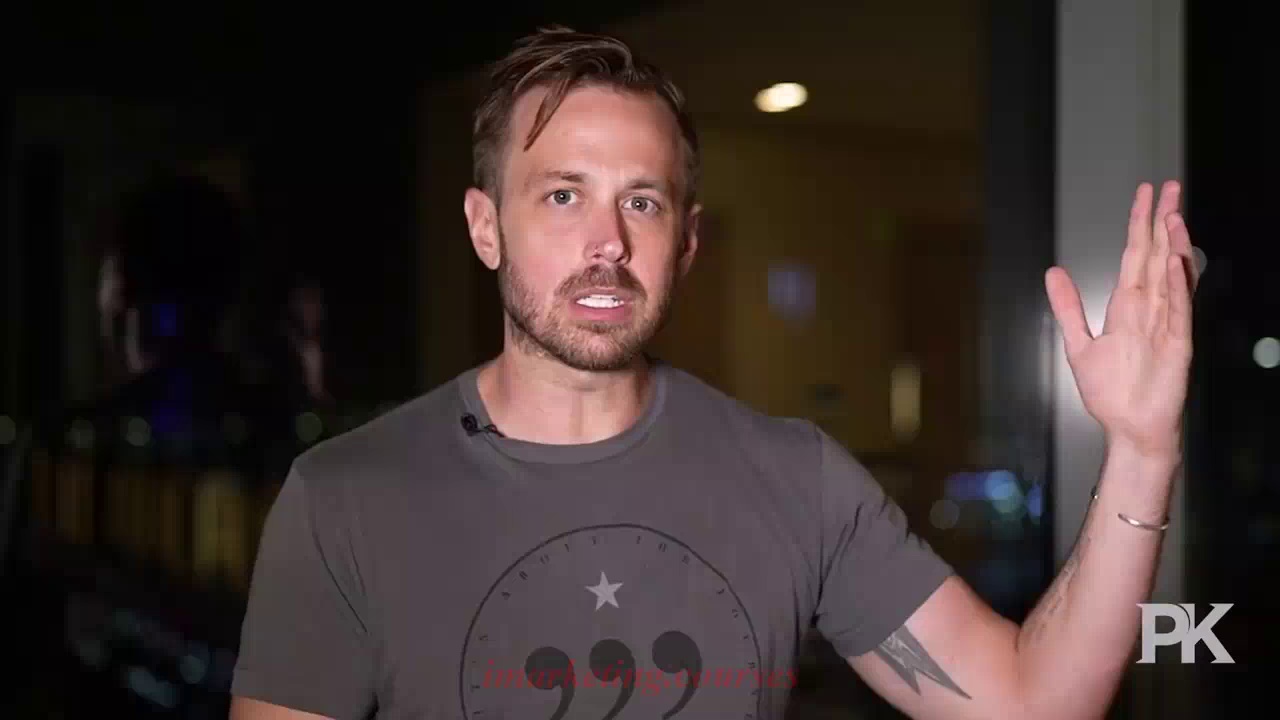
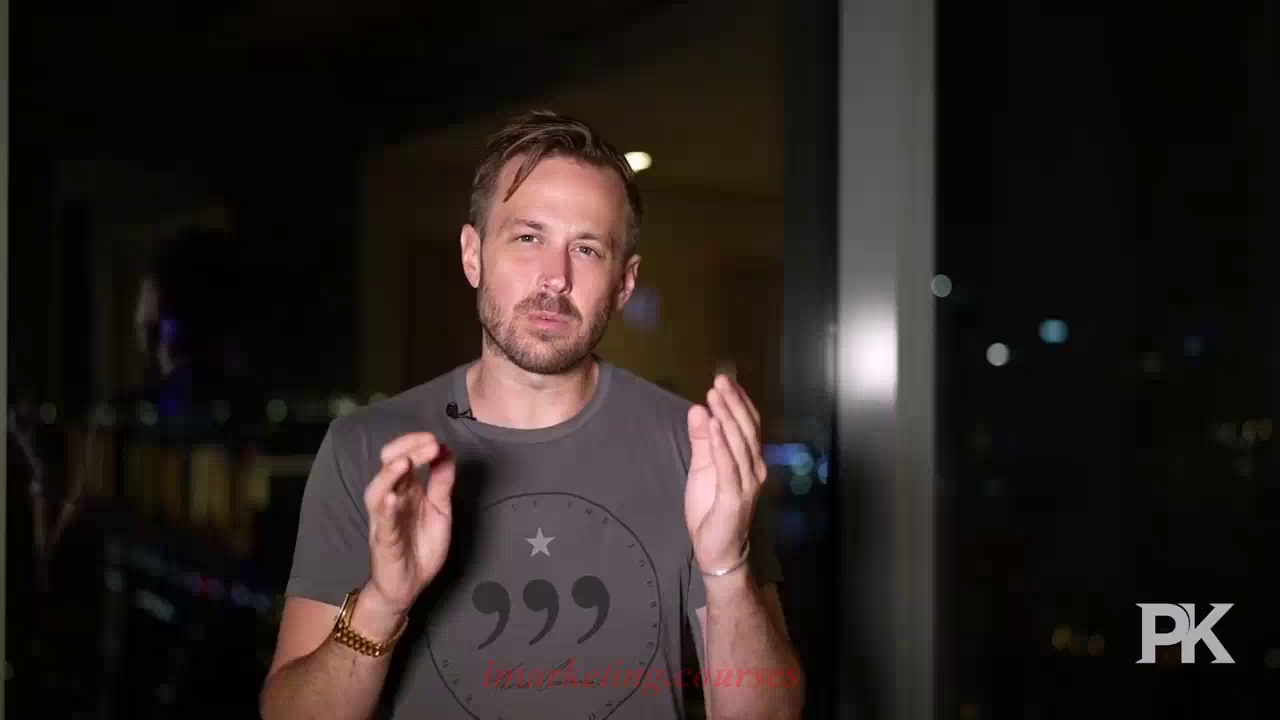
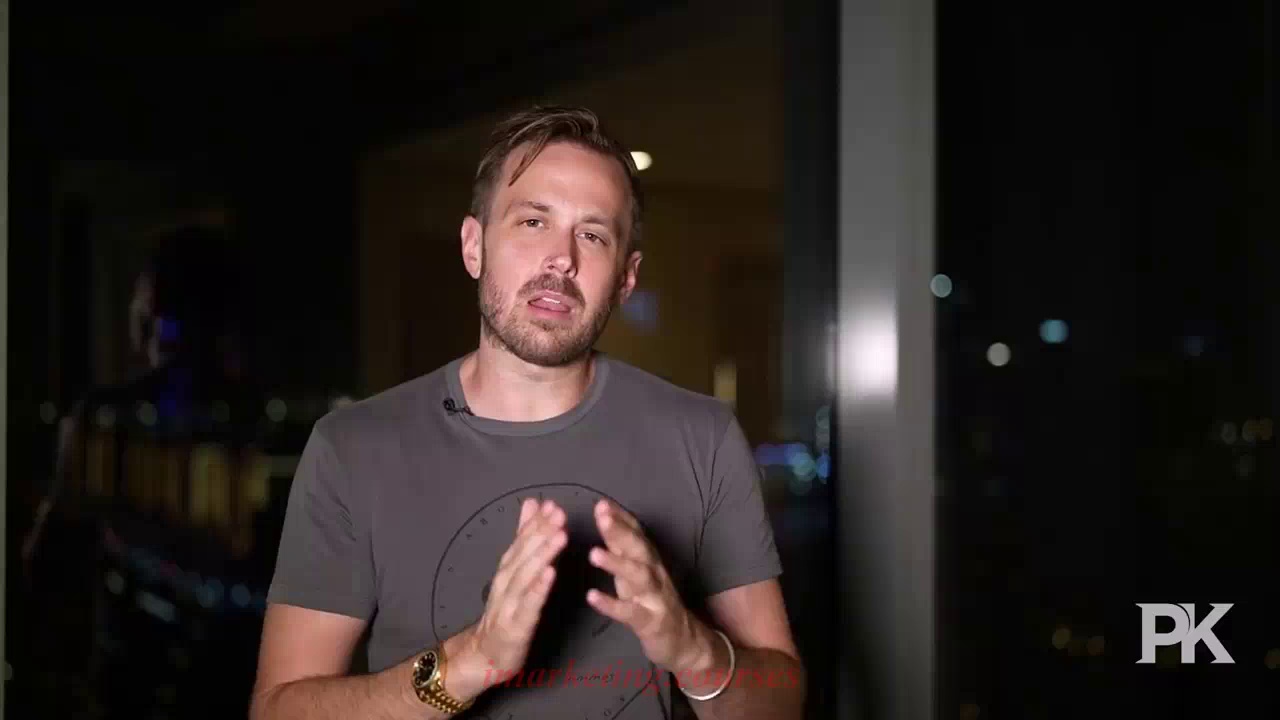
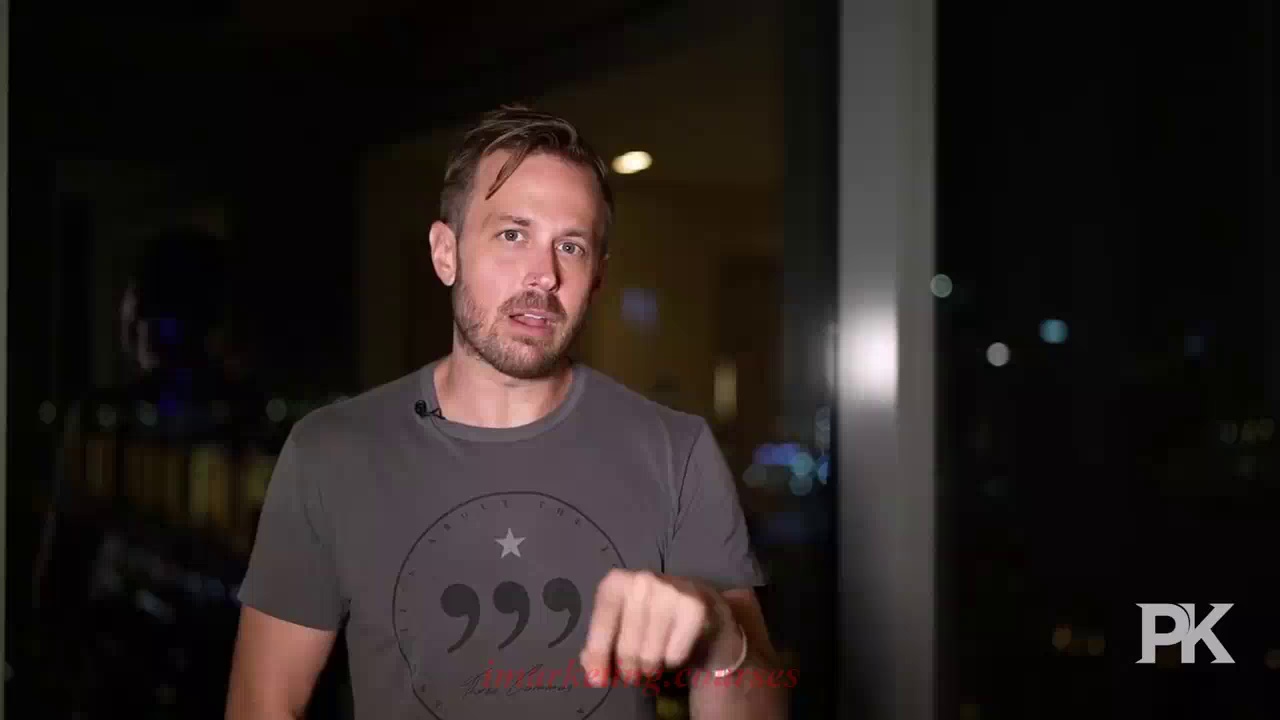
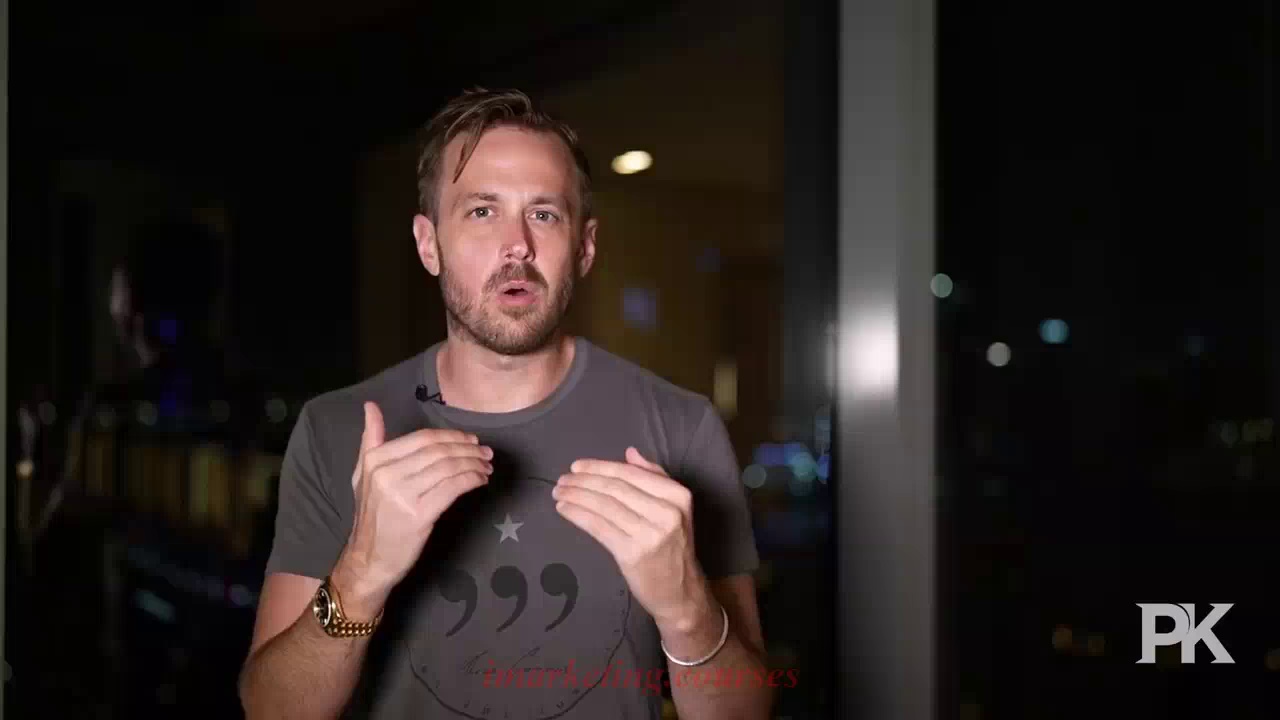
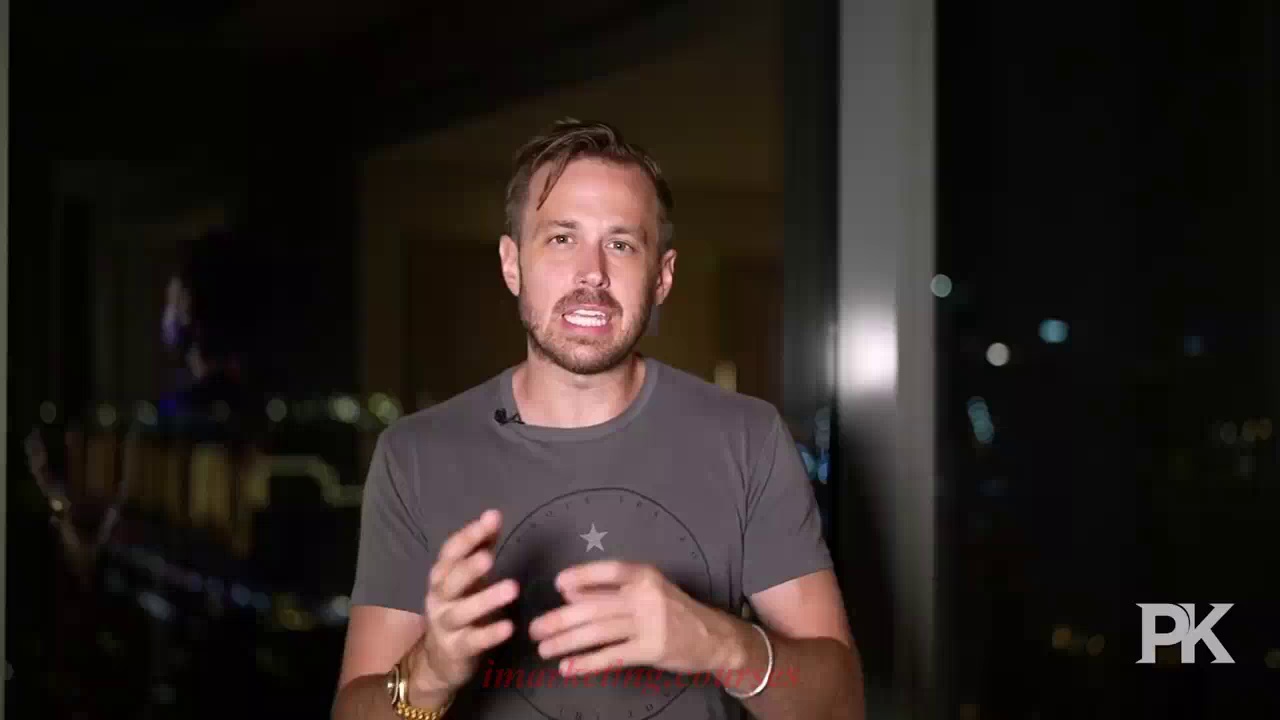
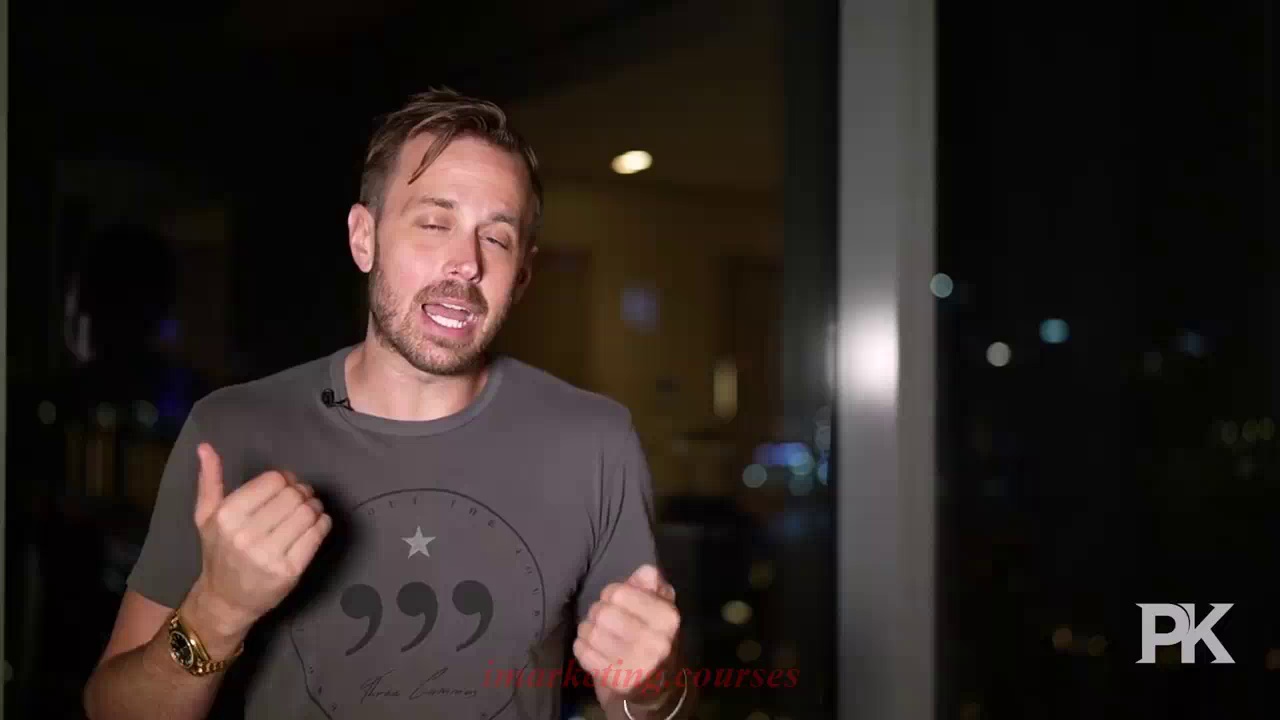
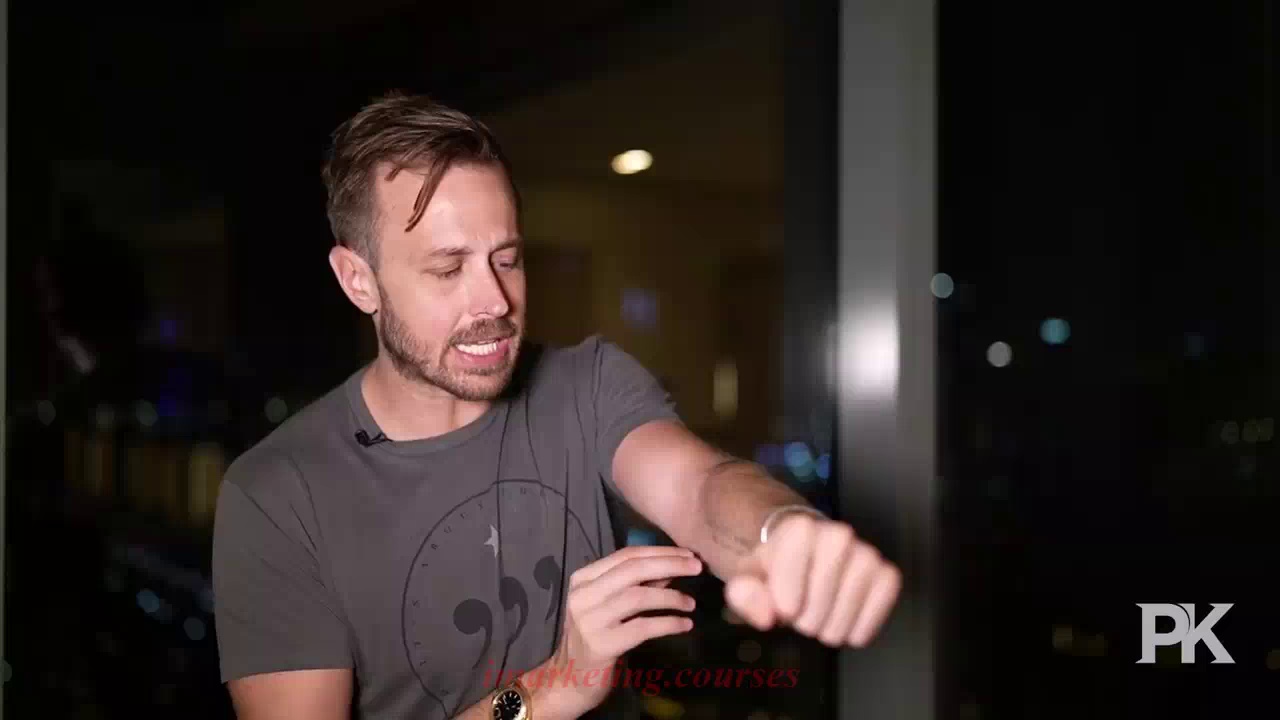
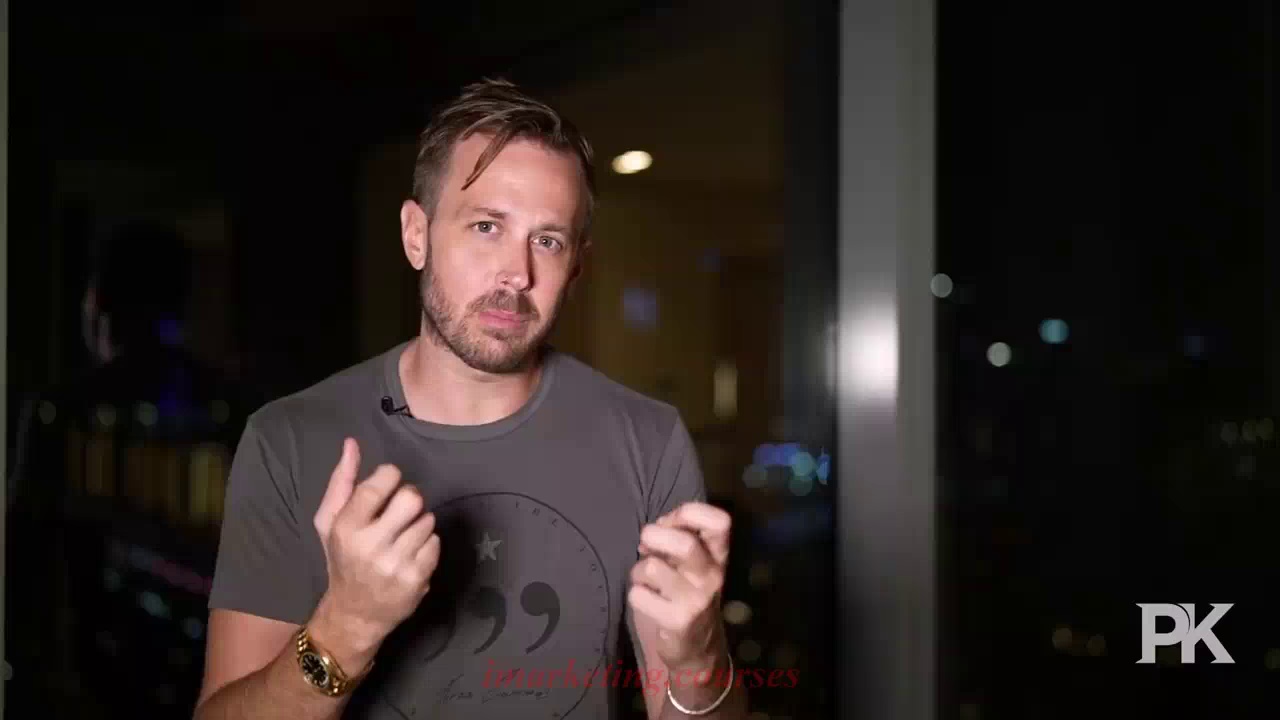
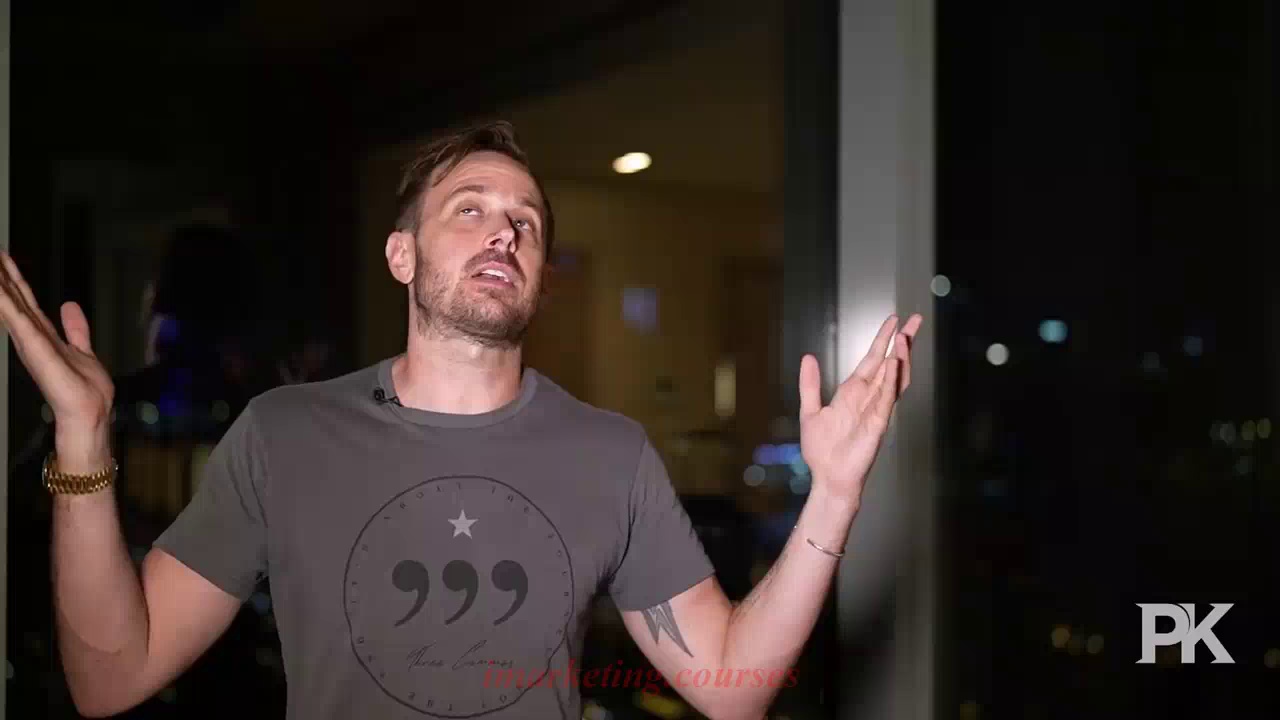
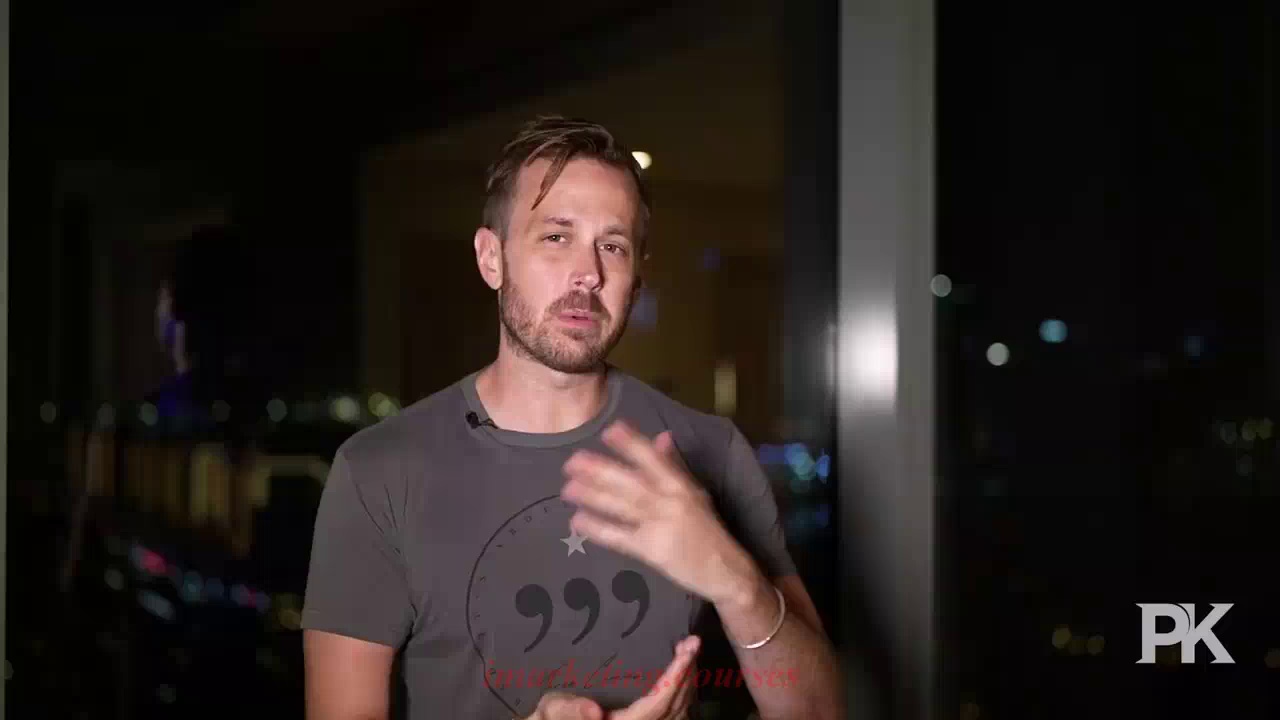
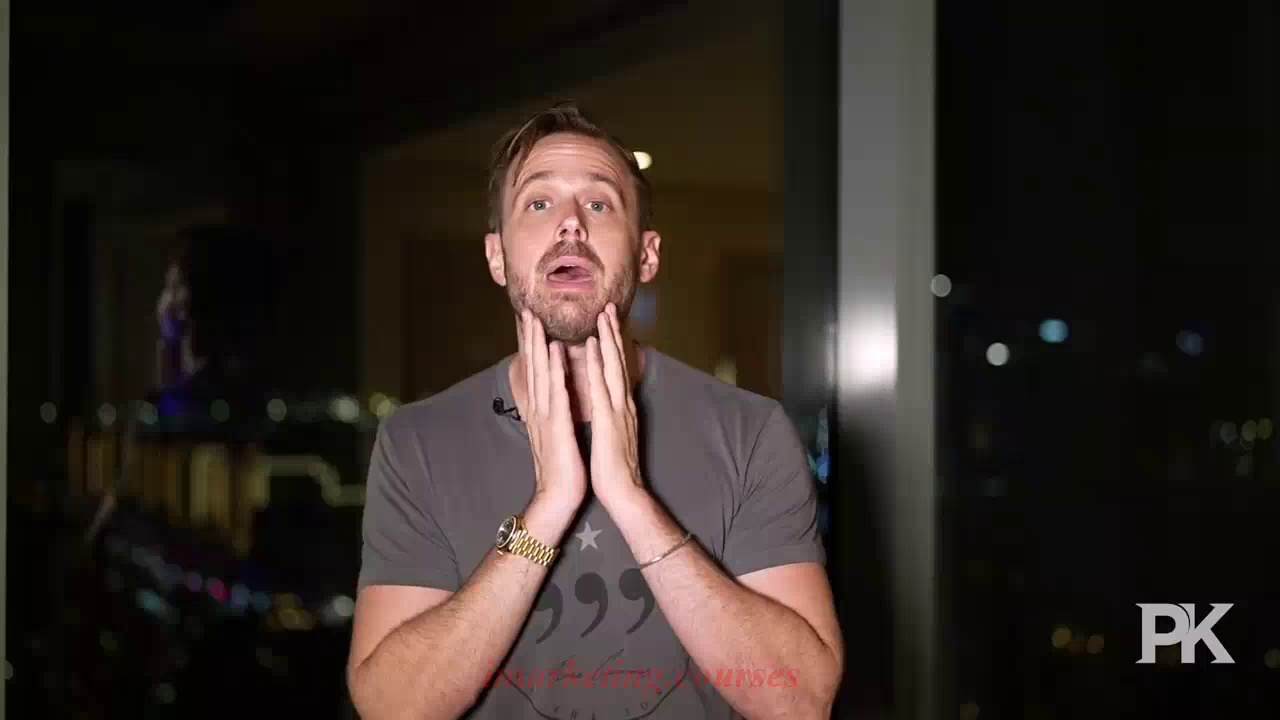
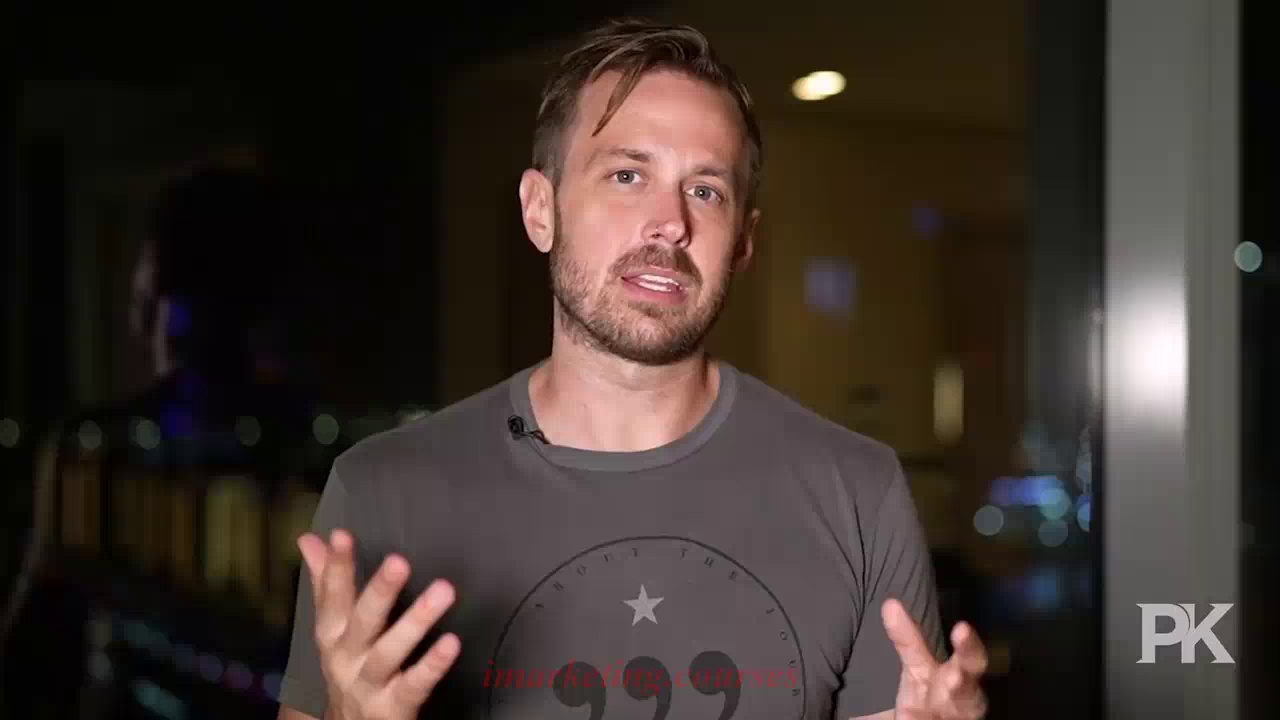
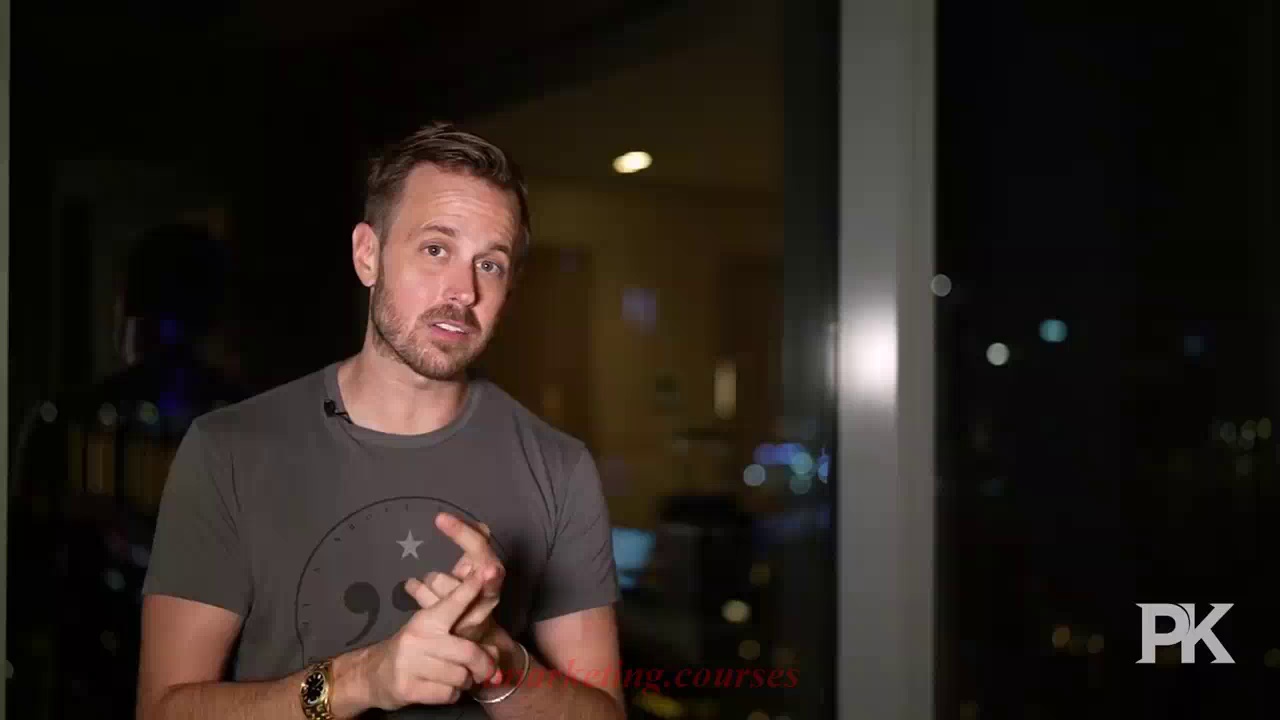
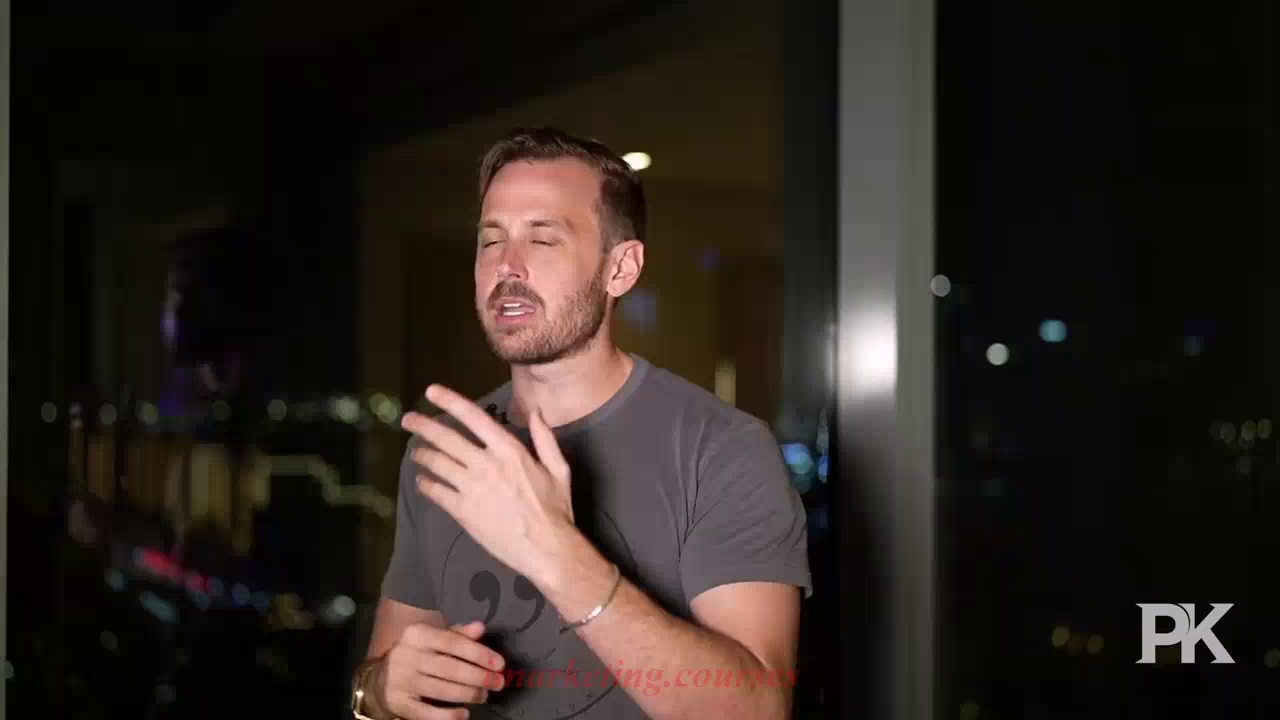
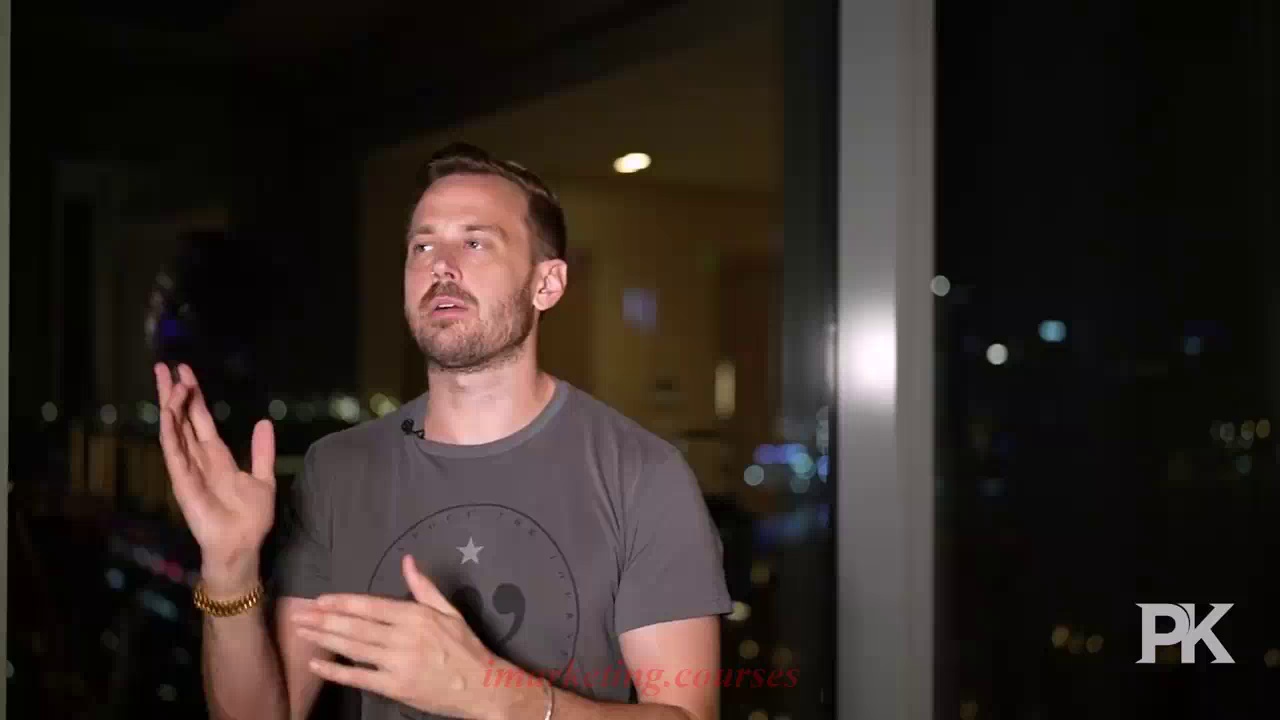
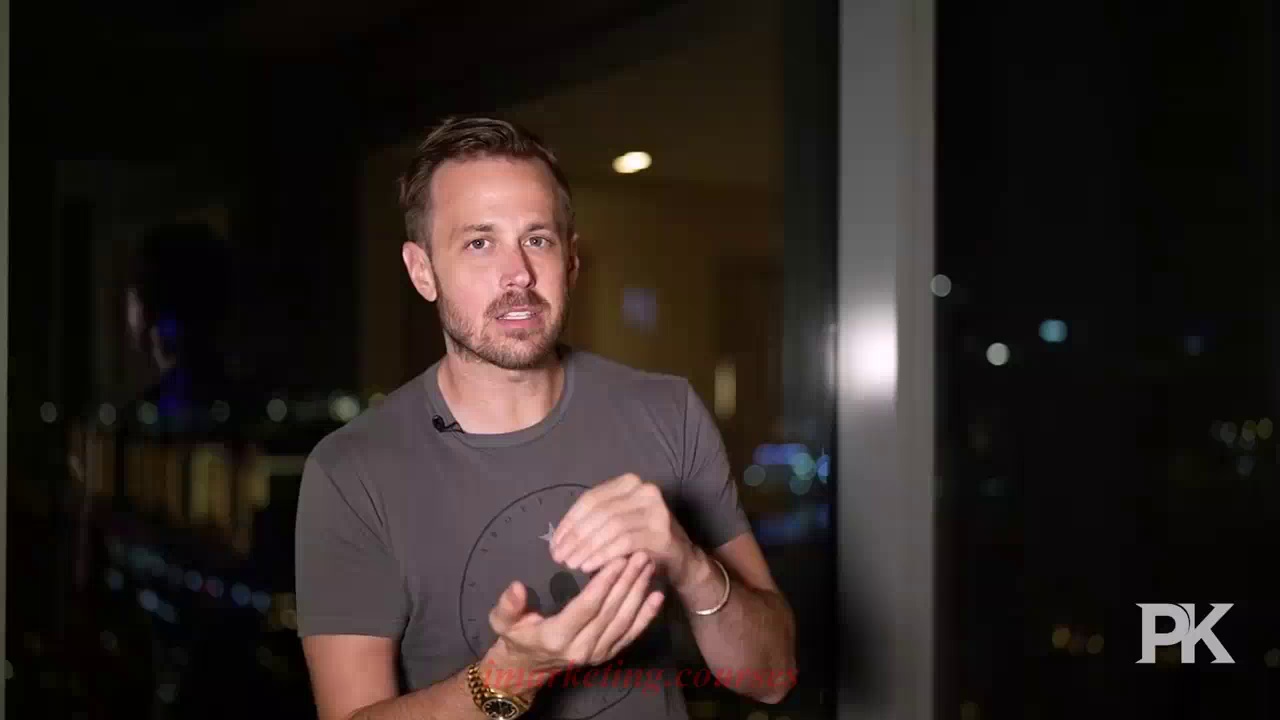
The narrator explains that mechanisms, which explain how a product works, are crucial for sales pitches. A good mechanism provides hope and a way out for the customer. The narrator shares examples of testing mechanisms for various pain relief products, showing that the one that provided the most logical explanation for how it reduces pain sold the best. He explains that mechanisms need to make sense at a basic level, using the analogy of a kindergartener understanding it. Getting the mechanism wrong can ruin an entire campaign. The narrator advises researching reviews and thought leaders to come up with effective mechanisms. Manufacturers often don't have the best incentives, so look deeper. Different mechanisms for solving the same problem can create multiple successful brands. Mechanisms are sometimes even more important than the authority figure endorsing a product. Keep mechanisms simple so anyone can understand how the product will solve their problem.
.Peter Kell VSL 3.5 to 3.4 - Part 4


































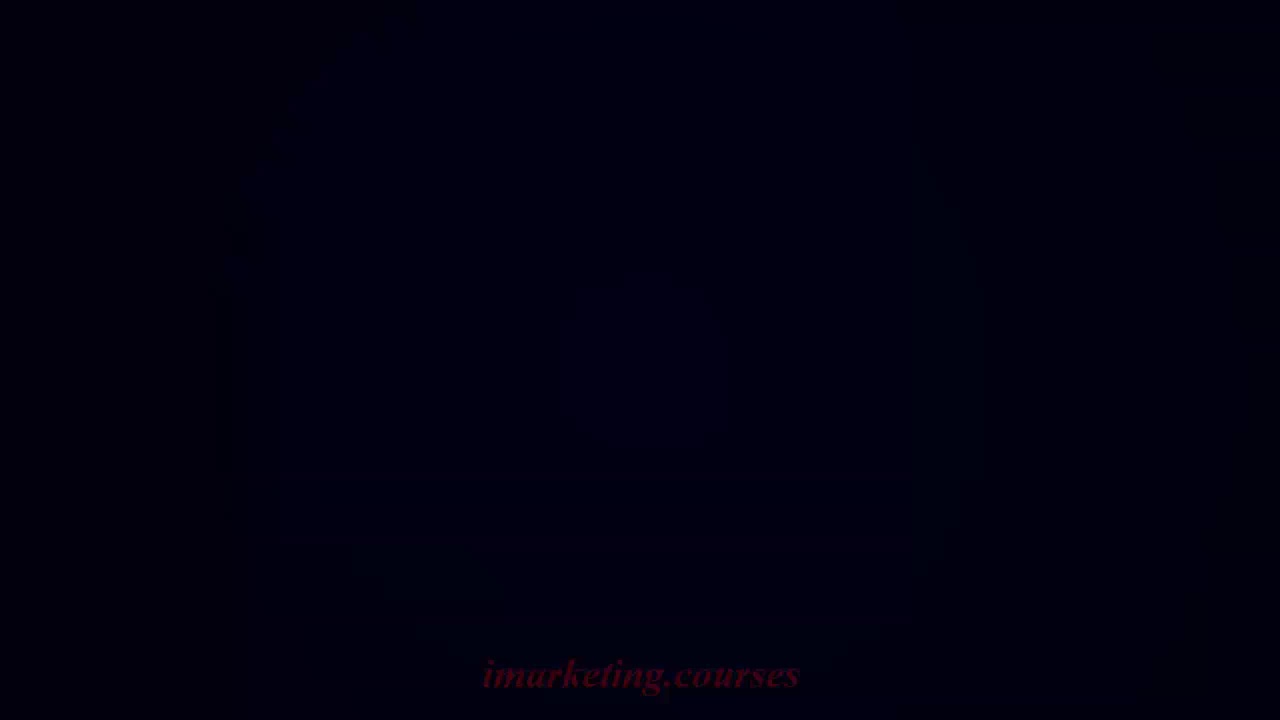
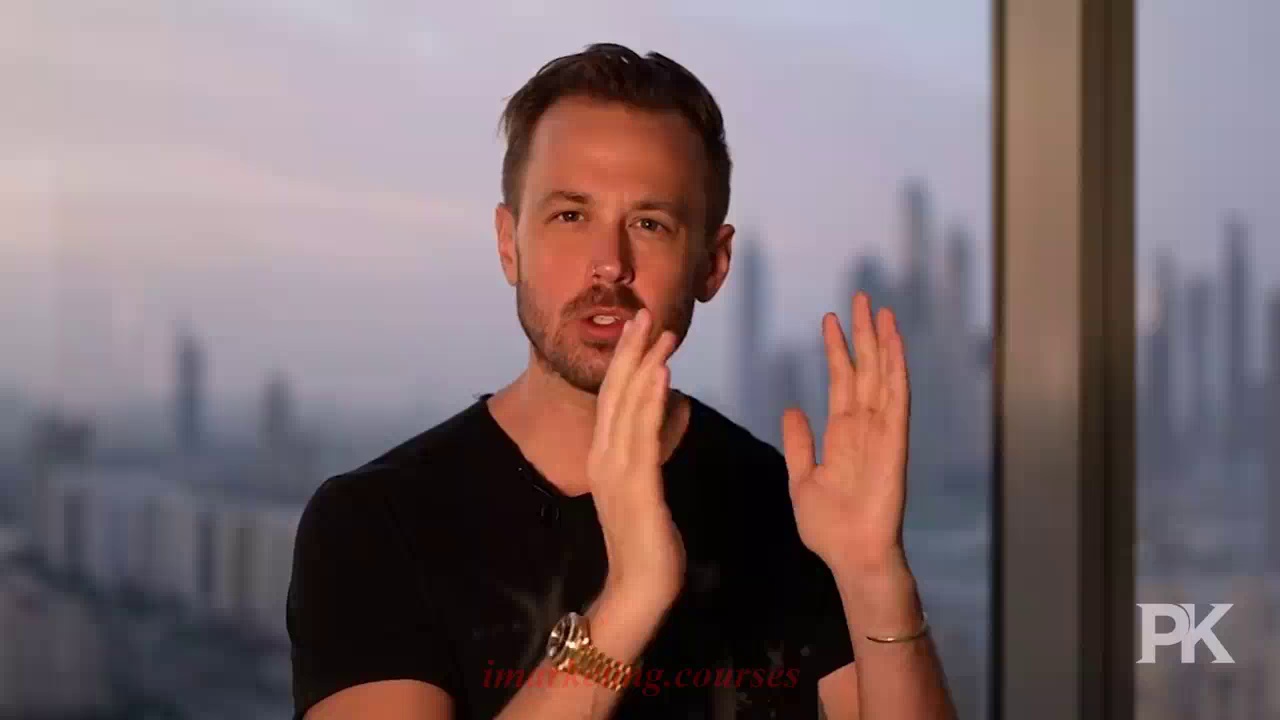
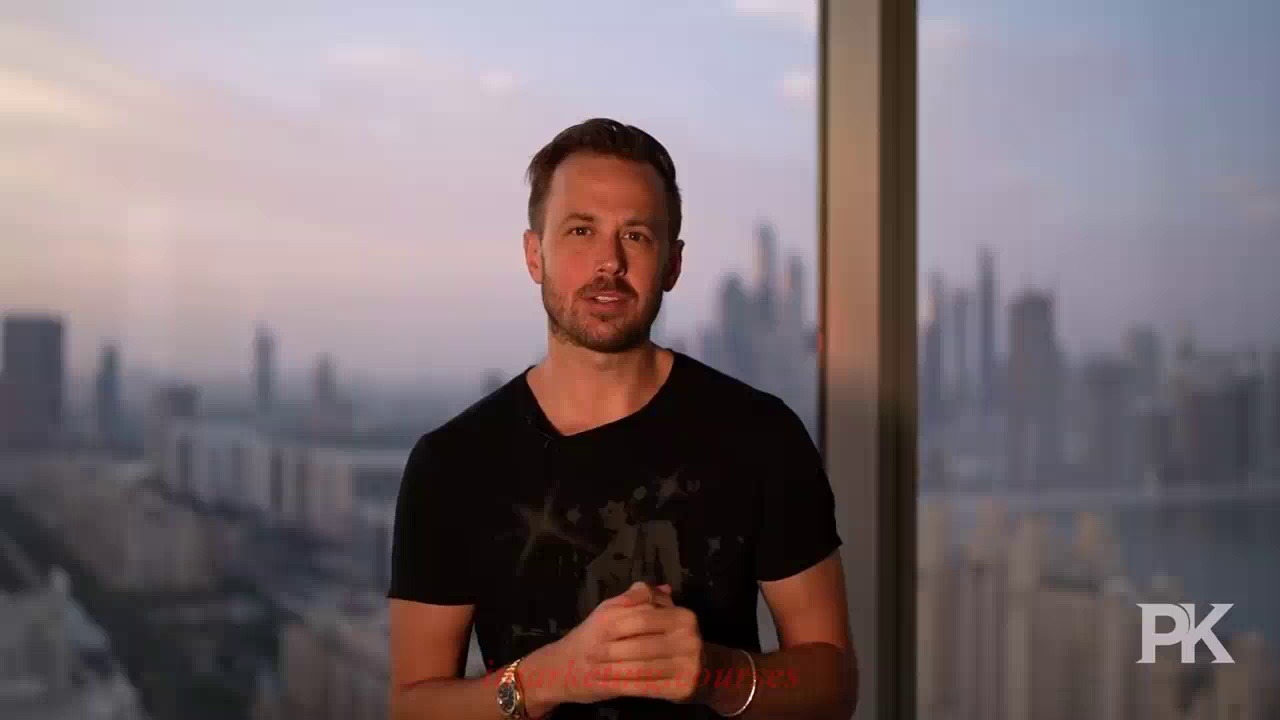
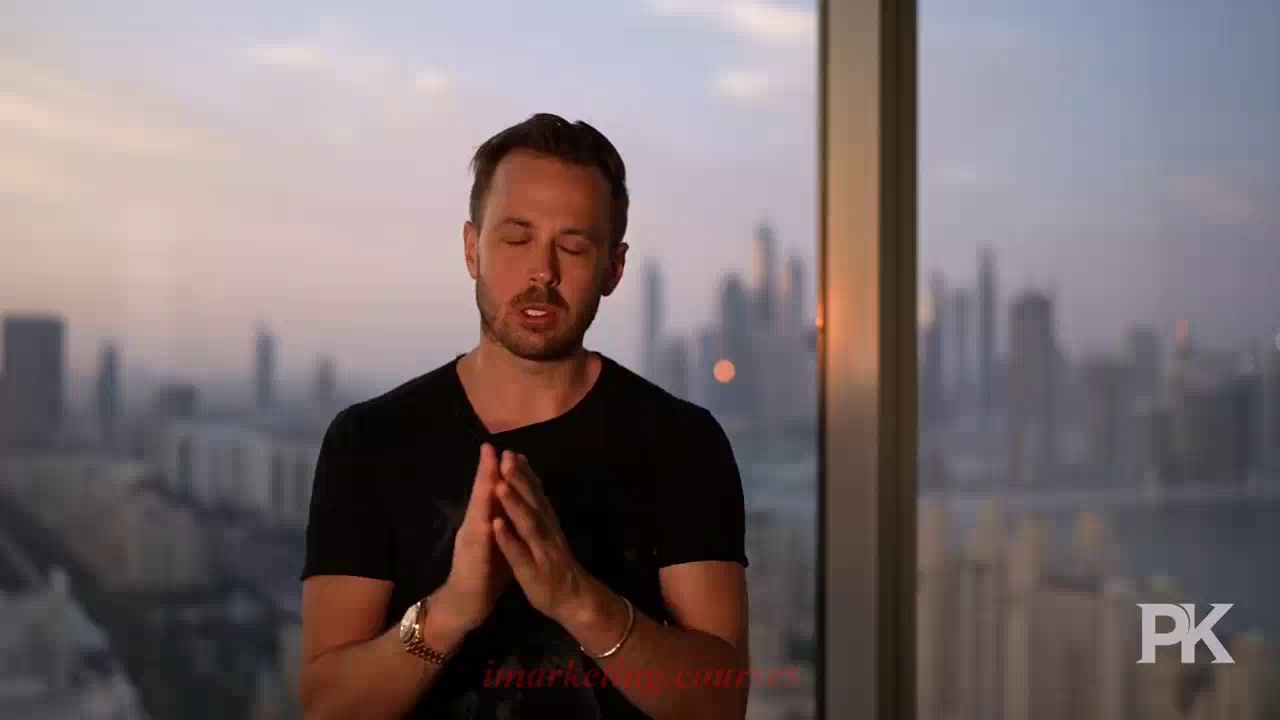
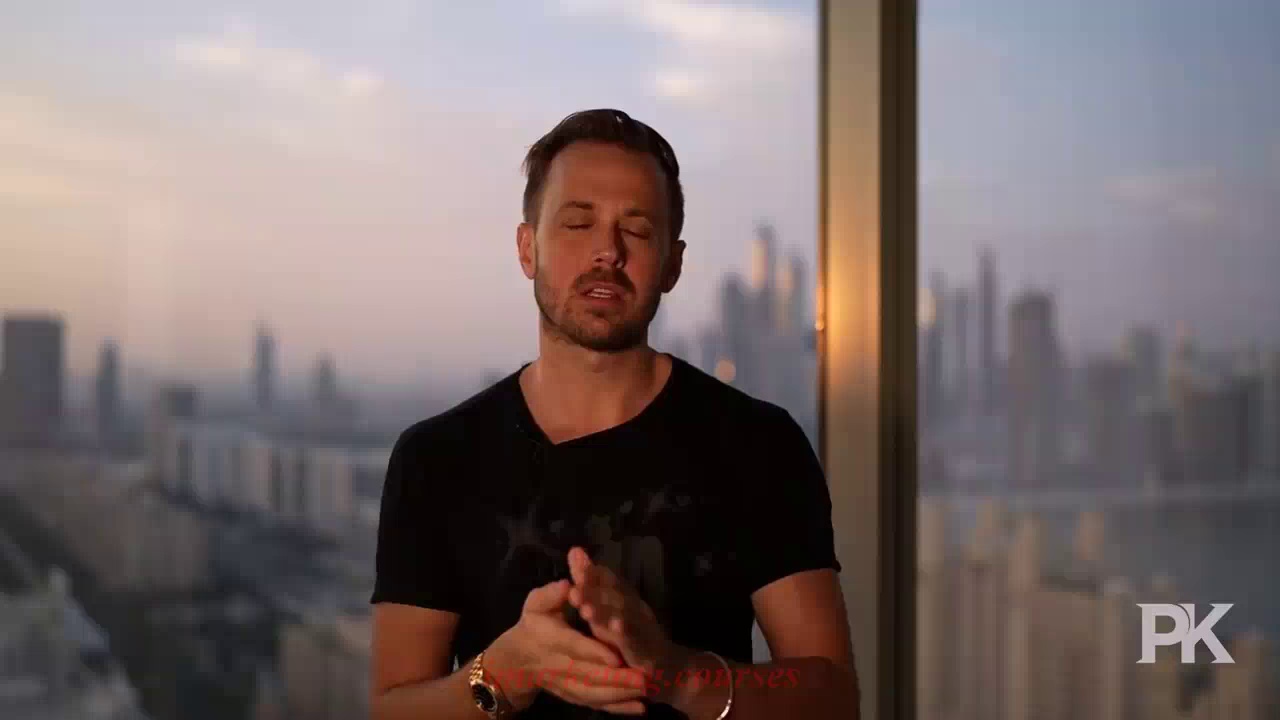
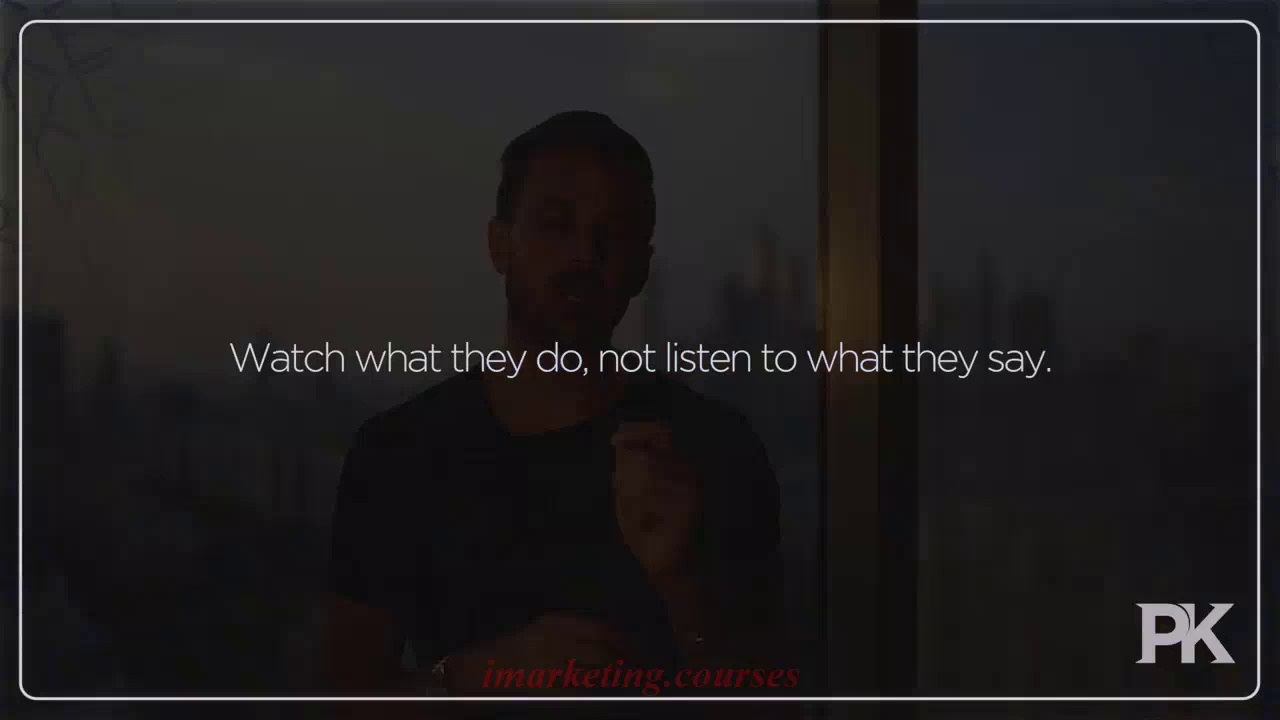
John Benson started reviewing the narrator's scripts by chunking them into clear scenes, which helped the narrator understand the purpose of each chapter.
John said there are two ways to communicate: lecturing, which makes people put up walls, and storytelling, which gets underneath people's minds to plant ideas. Stories put people in a trance-like state where they become suggestible, like hypnosis. The narrator realized stories help plant seeds in people's subconscious that lead them to take action.
When reading the narrator's stories, John would ask if he stayed "in trance" or got "knocked out of flow." Trance is when your imagination becomes more real than the outer world. The narrator wasn't including enough vivid details for readers to picture the scene.
The narrator studied big marketing campaigns and saw they use storytelling to captivate customers. To learn storytelling, the narrator broke down these big campaigns to understand their narrative arcs.
The narrator says everything, from Disney movies to the hero's journey structure identified by Joseph Campbell, uses storytelling. Products also have a hero's journey from creation to discovery. The best way to learn storytelling is by reading great stories to see the patterns.
.Peter Kell VSL 3.5 to 3.4 - Part 5








































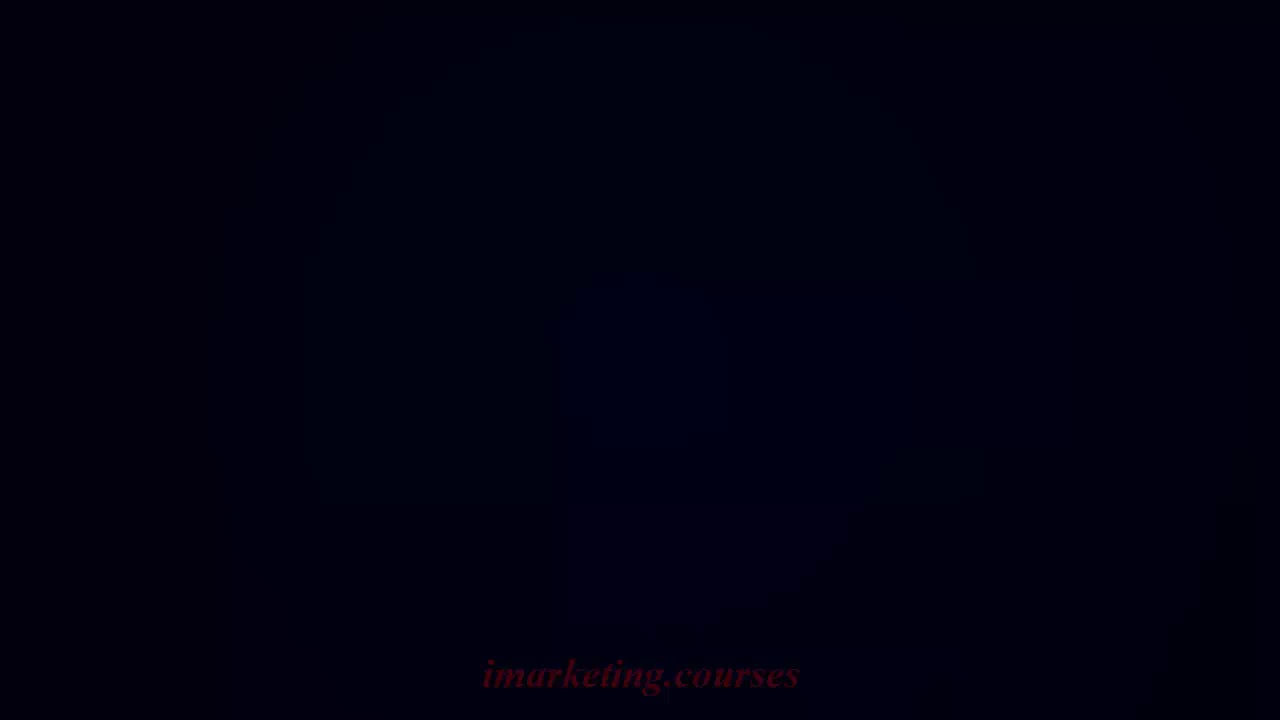
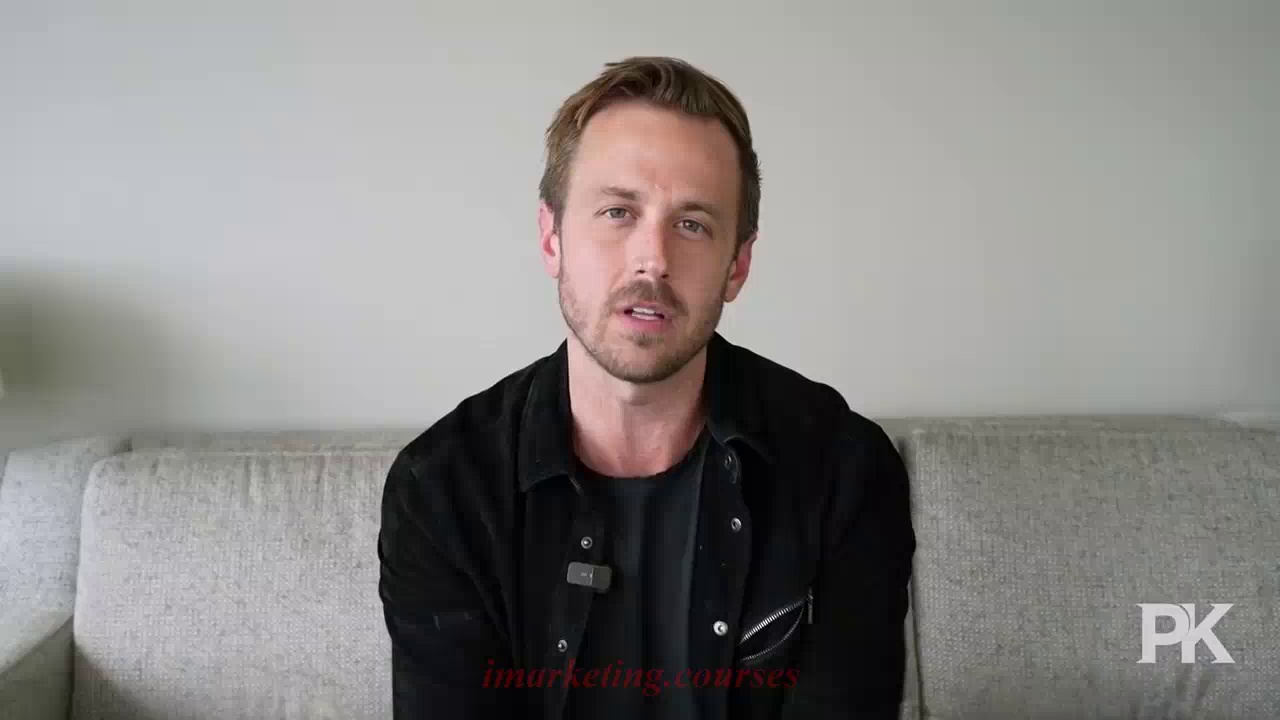
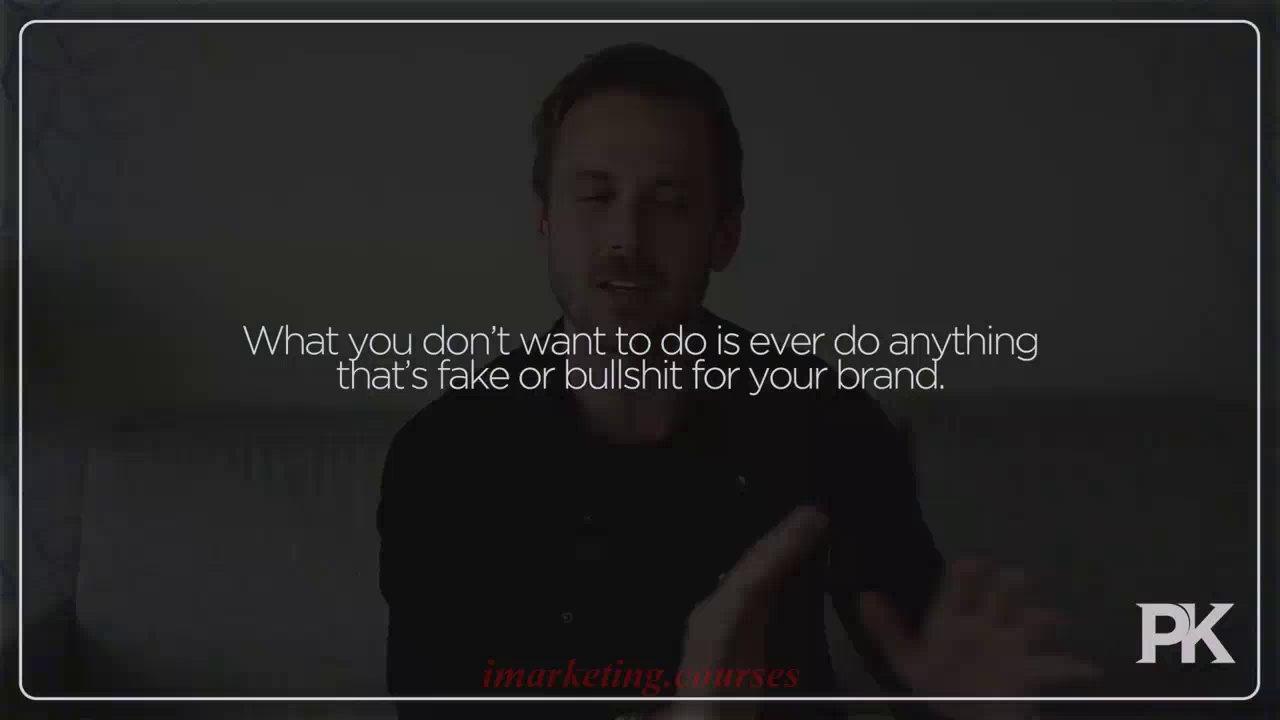
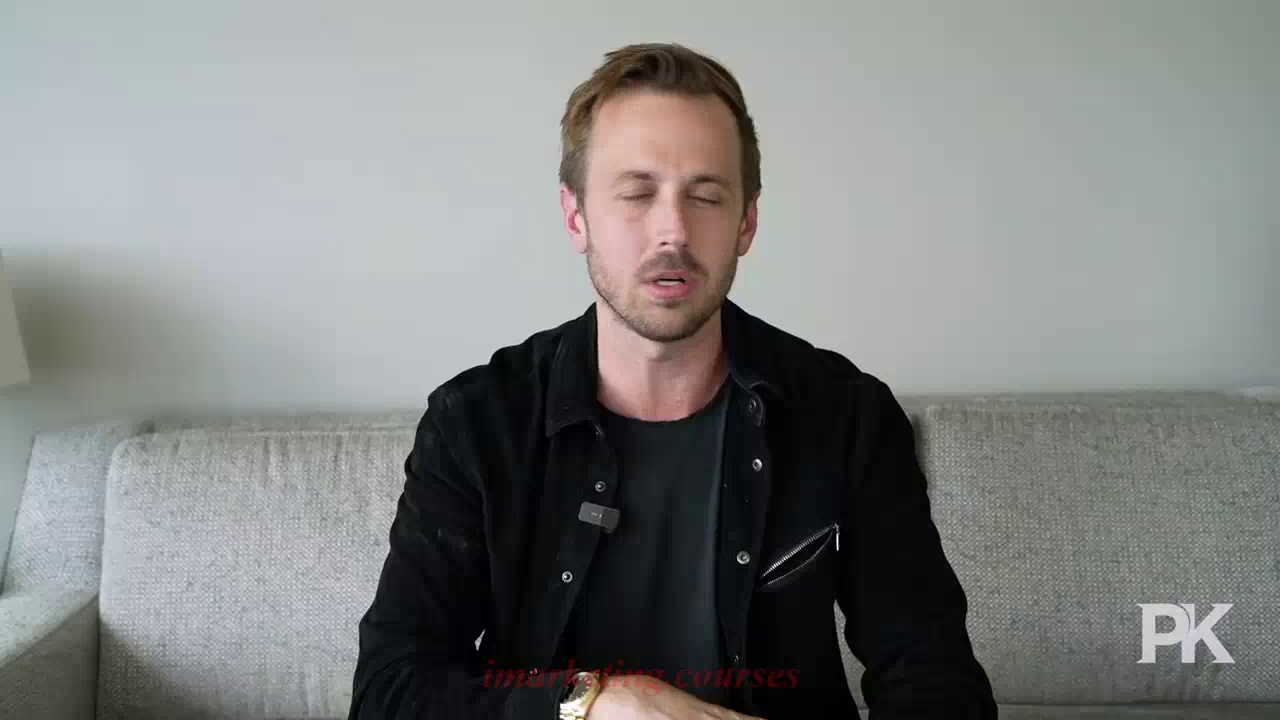
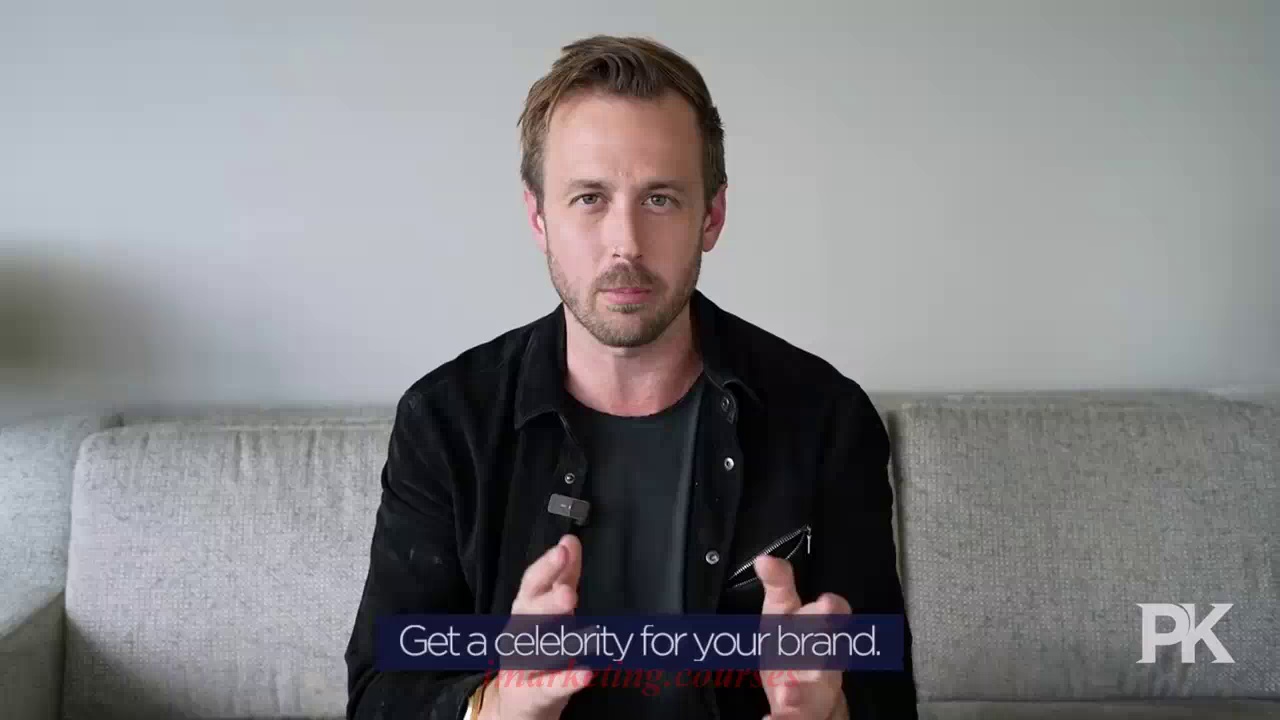
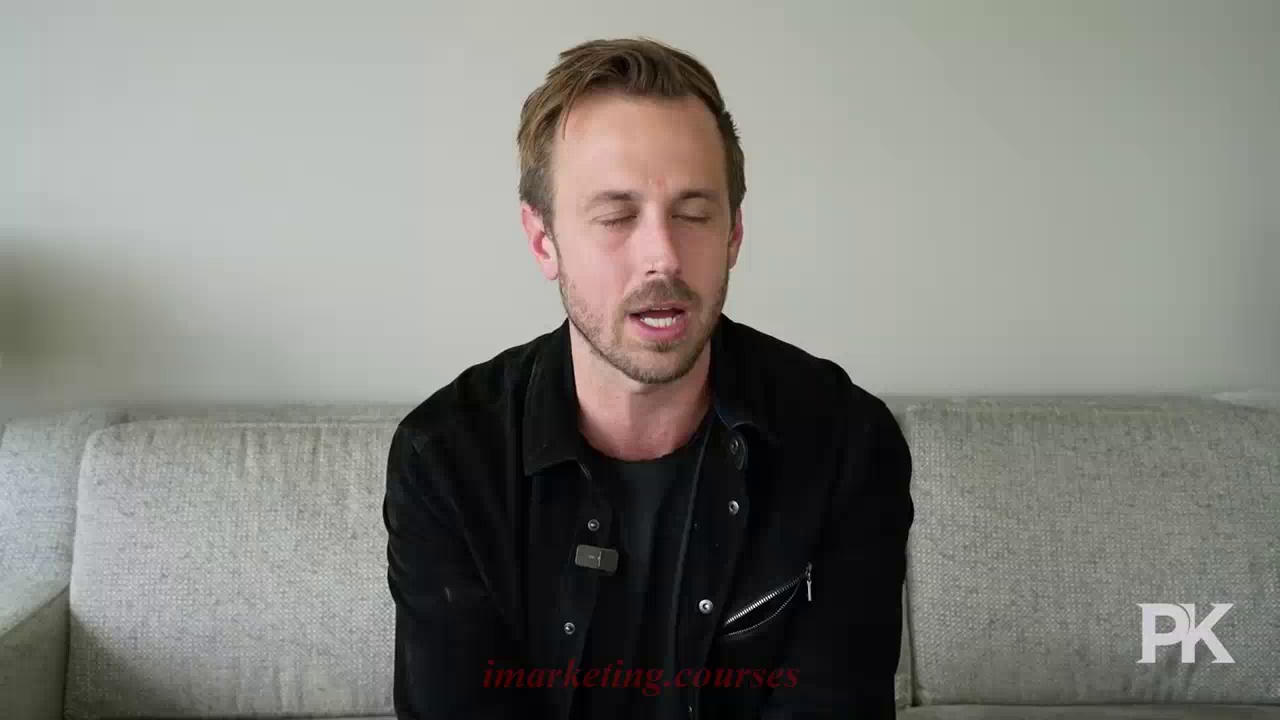
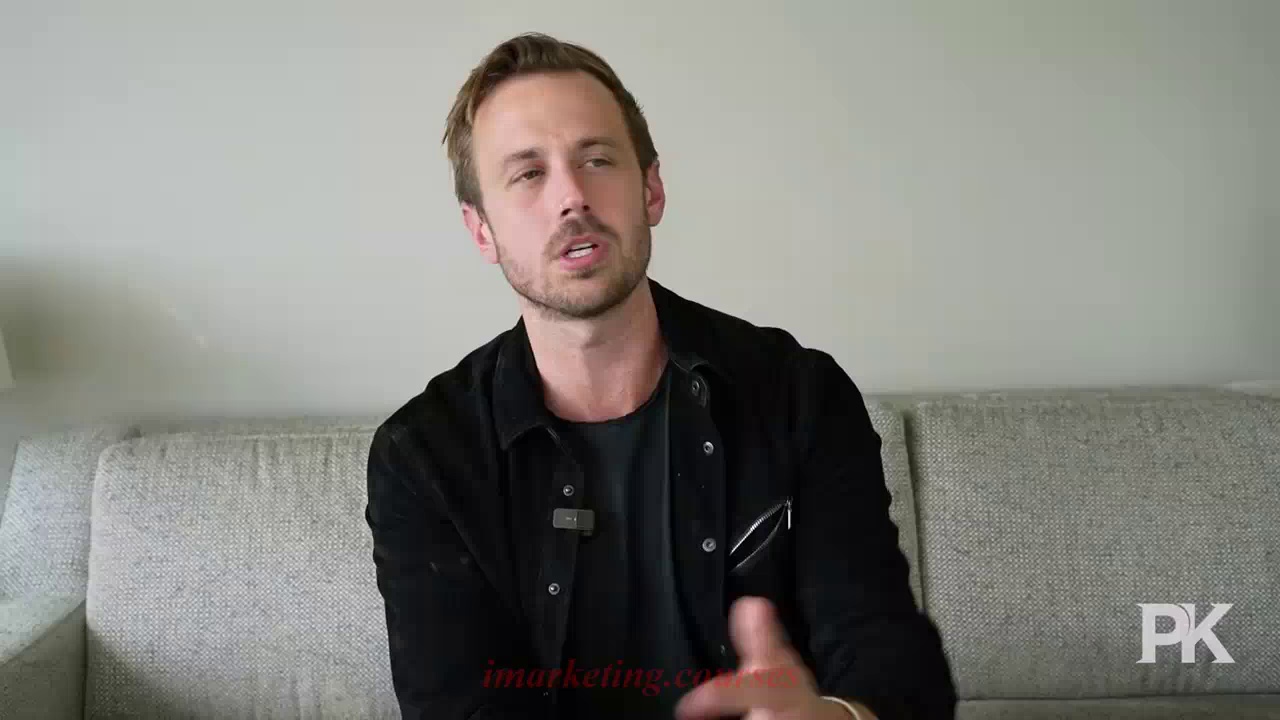
The narrator was debating whether to share a resource about creating highly profitable "advertorial" style landing pages. These pages were very successful during the "Acai Berry phase" in 2011 when affiliate marketers discovered using free trials to sell supplements. Facebook and Google had no rules at the time, so affiliates became very aggressive with their tactics.
The most profitable advertorials used fake news websites posing as Forbes or Fox News sharing celebrity endorsements and testimonials. However, the narrator warns not to use fake or misleading information, as it can destroy brands and campaigns. The goal should be building lifelong, ethical brands.
While the black hat tactics often led to short-term profits, they frequently resulted in getting banned by Facebook or other platforms. Some affiliates would temporarily test celebrity names or images without permission to gauge potential, then hire the actual celebrity later once proof of concept was shown.
The narrator shares a link to historical examples of highly profitable but unethical advertorials. He stresses studying them for structure and format only, not stealing celebrity names or images. A designer named Akshay Montoya can help create custom landing pages properly.
Key ideas for creating profitable ethical advertorials are: hire real celebrities to represent your brand, use real before/after pictures of customers, place testimonials in a specific order, consider paying legitimate news sites for sponsored content to lend credibility.
.